Page 129 of 286
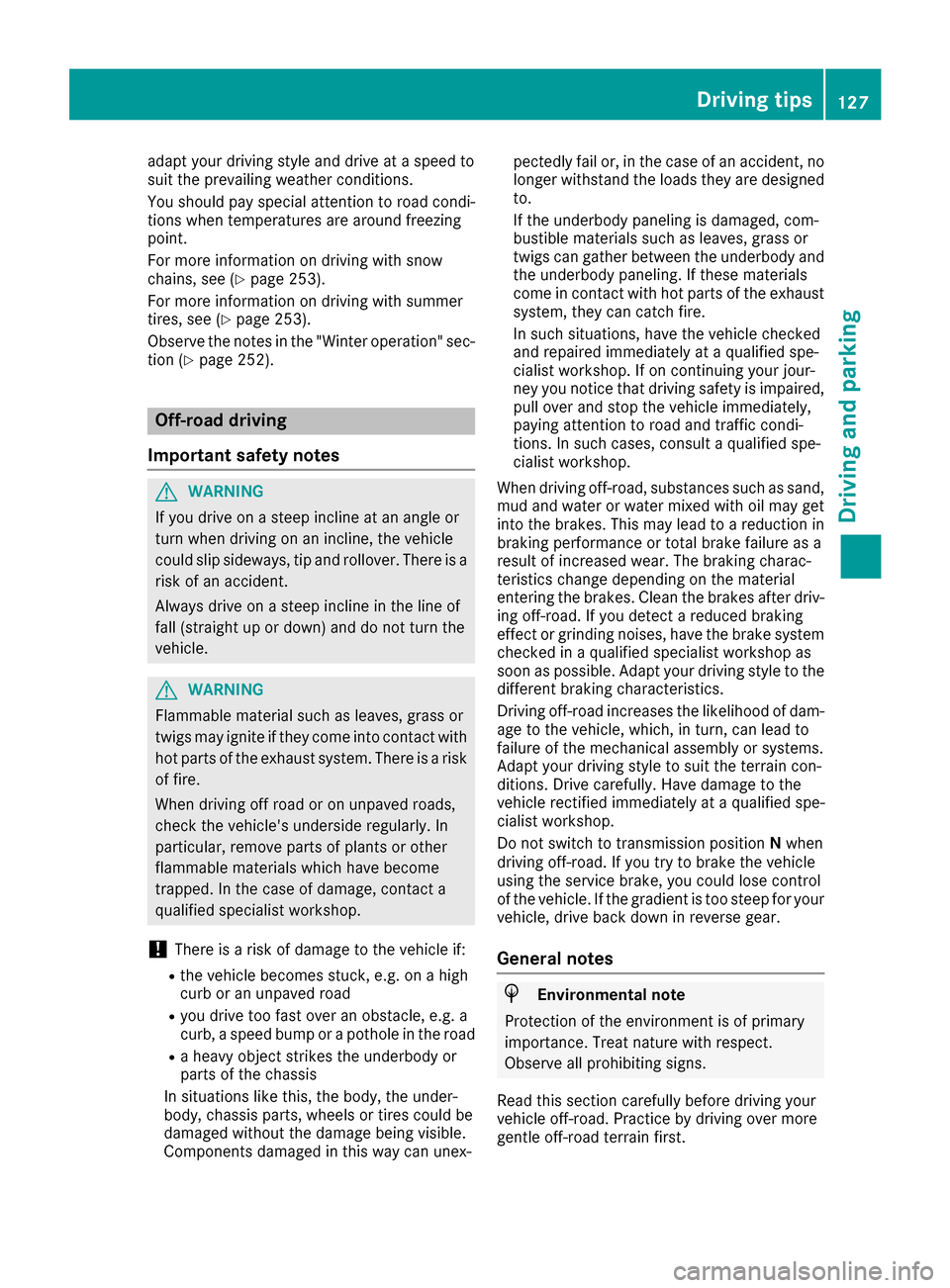
adapt your driving style and driveataspeedto
suit th eprevailingw eather conditions.
You shouldp ay special attention to road condi-
tions when temperatures are aroun dfreezing
point.
For morei nformationondriving with snow
chains ,see (
Ypage 253).
For morei nformationondriving with summer
tires, see (
Ypage 253).
Observ ethe note sint he"Winte roperation" sec-
tio n(
Ypage 252).
Off-road driving
Important safety notes
GWARNING
If you driv eonasteep incline at an angle or
tur nw hen driving on an incline ,the vehicle
coul dslip sideways,t ip and rollover. Thereisa
risk of an accident.
Always driv eonasteep incline in th eline of
fall (straigh tupordown)and do no tturnt he
vehicle.
GWARNING
Flammable material suchasl eaves, grassor
twig smay ignite if they com eintoc ontac twith
hot part softheexhaust system. Thereisar isk
of fire.
When driving off road or on unpaved roads,
check th evehicle's undersid eregularly. In
particular ,remove part sofplants or other
flammable materials whichh ave become
trapped. In th ecaseofd amage,c ontacta
qualified specialist workshop.
!Thereisar isk of damage to th evehicle if:
Rthev ehicle become sstuck ,e .g.onah igh
cur boranu npaved road
Ryou drivetoo fast ove ranobstacle ,e.g.a
curb, aspeedb ump or apothole in th eroad
Rah eavyo bject strikes th eunderbod yor
part soft hechassis
In situations like this, th ebody, th eunder-
body, chassis parts, wheels or tires coul dbe
damage dwithout th edamage beingv isible.
Components damage dinthisw ay can unex- pectedly fail or, in th
ecaseofana ccident, no
longer withstand th eloads they are designed
to.
If th eunderbod ypaneling is damaged, com-
bustible materials suchasl eaves, grassor
twig scan gather between th eunderbod yand
th eu nderbod ypaneling .Ifthese materials
com einc ontac twith hot part softheexhaust
system, they can catch fire.
In suchs ituations,have th evehicle checked
and repaired immediately at aqualified spe-
cialis tworkshop.Ifonc ontinuing your jour-
ney you notic ethatd riving safet
y is impaired,
pull ove rand stop th evehicle immediately,
paying attention to road and traffic condi-
tions .Insuchc ases, consult aqualified spe-
cialis tworkshop.
When driving off-road, substances suchass and,
mud and wate rorwaterm ixed with oil may get
int ot he brakes. This may lead to areductio nin
braking performanc eortotal brak efailur easa
result of increased wear. The braking charac-
teristics chang edependingont hematerial
enteringt hebrakes. Clean th ebrakes after driv-
ing off-road. If you detect areduced braking
effect or grindingn oises,h ave th ebrak esystem
checked in aqualified specialist workshop as
soon as possible. Adap tyour driving style to the
differentb raking characteristics.
Drivin goff-road increases th elikelihoodofd am-
age to th evehicle ,which, in turn, can lead to
failur eoft hemechanical assembly or systems.
Adap tyour driving style to suit th eterra in con-
ditions. Drive carefully. Hav edamage to the
vehicle rectified immediately at aqualified spe-
cialis tworkshop.
Do no tswitch to transmission position Nwhen
driving off-road. If you tr ytob rak ethe vehicle
usingt heservic ebrake, you coul dlose control
of th evehicle .Ifthegradientist oosteep for your
vehicle ,driveb ack down in reverseg ear.
General notes
HEnvironmental note
Protection of th eenvironmentisofp rimary
importance. Treat nature with respect.
Observ eall prohibiting signs.
Read this sectio ncarefully before driving your
vehicle off-road. Practic ebydriving ove rmore
gentle off-road terrain first.
Driving tips127
Driving and parking
Z
Page 130 of 286

Familiarize yourself with the characteristics of
your vehicle and the gearshift operation before
driving through difficult terrain.
The following driving systems are specially
adapted to off-roadd riving:
R4ETS (Ypage 59)
ROff-roadABS (Ypage 58)
RTransfer case (Ypage 145)
RDifferentia llocks (Ypage 120)
Observe the following notes:
RStop the vehicle before yo udrive off-roada nd,
if necessary ,shift the transfe rcase to the off-
roadd riving position LOW RANGE
(
Ypage 146).
REngag ethe differential locks if necessary
(Ypage 148).
iABS, 4ETS, ESP®and BAS are deactivated
while the differential locks are engaged.T his
allow sthe front wheels to lock briefly, so that
these can dig into aloose surface .However,
please note that locke dwheels skid and can
no longer steer.
RCheck that items of luggage and loads are
stowed safely and are well secured
(
Ypage 209).
RTo avoid damaging the vehicle, make sure
there is always sufficient ground clearance.
RAlway skeep the engine running and in gear
whe ndriving on adownhil lgradient.
RAlway skeep the engine running and in gear
whe ndriving downani ncline.
RDrive slowlyand evenly, if necessary at a
walking pace.
REnsure that the wheels are in contact with the
ground at al ltimes.
RDrive with extreme care on unfamilia roff-road
routes where visibility is poor. For safety rea-
sons, get ou
tofthe vehicle firs tand survey
the off-roadr oute.
RCheck the depth of water before fording rivers
and streams.
RWatch outfor obstacles.
RAlwayskeep the doors, reard oor, sidewin-
dowsa nd the sliding sunroof closed while the
vehicle is in motion.
RSwitch off cruise control.
RDo not deviate from marke droutes.
RAdap tyou rspeed to the terrain. The rougher,
steeper or more ruts on the terrain, the slower
your speed should be.
RDo not jump with the vehicle. as this will inter-
rup tthe vehicle' spropulsion.
RAvoid hig hengine speeds .Drive at appropri-
ate engine speeds (maximu m3,000 rpm).
RDo not shift the automatic transmission to
position N.
RAlwayscheck the vehicle for damag eafteroff-
roadd riving.
Do not use the HOLD function whe ndriving off-
road, on steep uphil lordownhil lgradients or on
slippery or loose surfaces. The HOLD function
cannot holdt he vehicle on such surfaces.
You can obtain further information aboutr etro-
fitting specia lall-terrain tires from aquali fied
specialist workshop.
Checklist before driving off-road
!If the engine oil warning lamp lights up while
the vehicle is in motion, stop the vehicle in a
saf ep lace as soona spossible. Check the
engine oil level. The engine oil warning lamp
warning mus tnot be ignored.C ontinuing the
journey while the symbol is displaye dcould
lea dtoe ngine damage.
XEngin eoillevel: check the engine oil level
and ad doil if necessary.
Whend riving on steep gradients, the engine
oil level mus tbes ufficiently hig htoensure a
correct oil supply in the vehicle.
XTire-changing too lkit: check that the jack is
working and make sur eyou hav ethe lug
wrench, arobust tow cable and afolding
spade in the vehicle.
XWheels and tires: check the tire treadd epth
and tire pressure.
XCheck for damag eand remove any foreign
objects, e.g. small stones,f rom the wheels/
tires.
XReplace any missing valve caps.
XReplace dente dordamaged wheels .Also
check the spare wheel.
XRims: dentedorbent rims can result in aloss
of tire pressure and damag ethe tire bead.
Befored riving off-road, check the wheels and
replace them if necessary.
128Drivin gtips
Drivin gand parking
Page 131 of 286

Checklist after driving off-road
!If you detect damagetothevehicle after
driving off-road, have th evehicle checked
immediately at aqualified specialist work-
shop.
Drivin goverroug hterra in places greater
demands on your vehicle than driving on normal
roads. Afte rdriving off-road, check th evehicle.
This allows you to detect damag epromptly and
reduc ethe riskofana ccidenttoy ourself and
other road users.
XShift th etransfer cas etotheon-road position
HIG HRANGE (Ypage 146).
XDisengage th edifferential locks
(Ypage 149).
XClean th eheadlamps and rear lightsa nd
check for damage.
XClean th efront and rear licens eplates.
XClean th ewheelsa nd tires withaw aterjet
and remove any foreign objects.
XClean th ewheels, wheel housing sand the
vehicle underside withaw aterjet;c he ck for
any foreign object sand damage.
XCheckw hether twigs or other part sofplants
have become trapped. Thesei ncreasethe risk
of fir eand can damag efuel pipes,b rake
hoses or th erubbe rbellows of th eaxle joints
and propeller shafts.
XAfte rthe trip, examin ewithout fail th eentire
undercarriage, wheels, tires, brakes, body-
work structure, steering ,cha ssis and exhaust
system for damage.
XAfte rdriving in sand, mud, gravel, wate ror
similar dirt yconditions, have th efollowing
checked and cleaned:
Rbrak ediscs
Rwheels
Rbrak epads
Raxle joints
XIf you notic estron gv ibrations after off-road
driving ,che ck for foreign object sinthe
wheelsa nd drivetrain and ,ifnecessary,
remove them. Foreign object scan disturb the
balance and caus evibrations.
XCarr youtab rak etest.
Driving on sand
Observ ethe followingr ules when driving on
sand:
RShift th etransfer cas etotheoff-road driving
position LOW RANGE (Ypage 146).
RAvoid high engines peeds.
RShift theautomatic transmission to alow
gear.
RDrive quickly to overcome th erolling resist-
ance. Otherwise th evehicle's wheelsc ould
become stuck in looseg round.
RDrive in thetrack sofo ther vehicle sifpossi-
ble. When doings o, makesure that:
-thet irer utsa re no ttoo deep
-thes andiss ufficiently firm
-your vehicle has sufficient ground clear-
ance
Tirer utsa nd grave lroads
!Checkt hatthe rutsa re no ttoo deep and
that your vehicle has sufficient clearance.
Otherwise, your vehicle coul dbedamaged or
botto mout and get stuck.
Observ ethe followingr ules when driving along
rut sino ff-road terrain or on road swithl oose
gravel:
RShift th etransfer cas etotheoff-road driving
position LOW RANGE (Ypage 146).
RAvoid high engines peeds.
RObservethe safety note s(Ypage 127) and
th eg eneral note s(Ypage 127) on off-road
driving.
RShift th eautomatic transmission to alow
gear.
RDrive slowly.
RWherer utsa re to odeep, driv ewitht he
wheelsofo neside on th ecente rgrassy area,
if possible.
Driving over obstacles
!Obstacle scoul dd amag ethe floo roft he
vehicle or components of th echassis.A sk
passengersf or guidance when driving over
large obstacles. The passenger should always
keep asafe distanc efromt hevehicle when
doingsoino rder to avoid injury as aresult of
unexpected vehicle movements. Afte rdriving
off-road or ove robstacles, check th evehicle
Driving tips129
Driving and parking
Z
Page 132 of 286
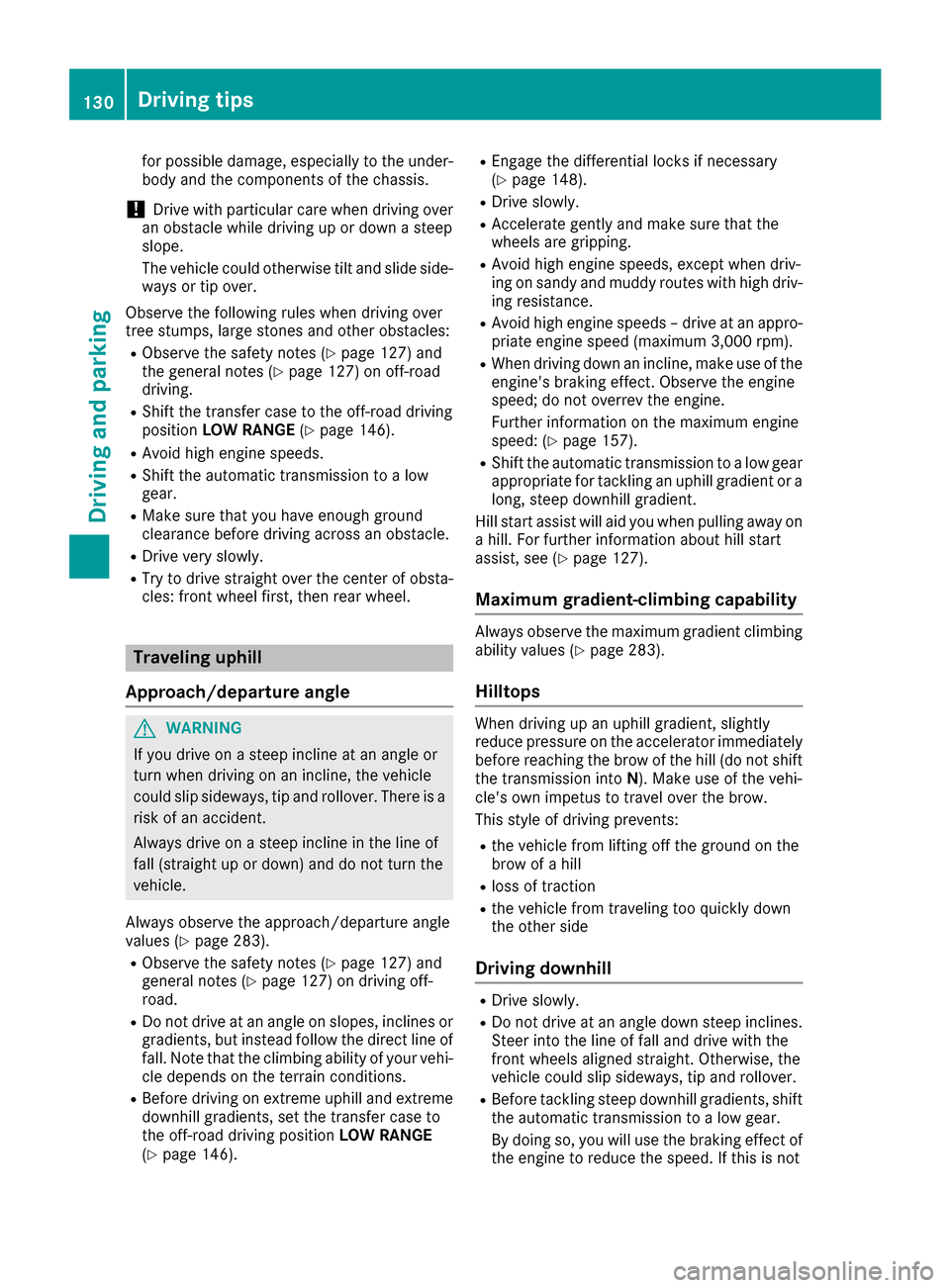
for possible damage, especially to the under-
body and the components of the chassis.
!Drive with particularcare when driving over
an obstacle while driving up or downas teep
slope.
The vehiclec ouldotherwise tilt and slide side-
ways or tip over.
Observe the following rules when driving over
tree stumps ,larg estones and other obstacles:
RObserve the safety notes (Ypag e127) and
the generaln otes (Ypage127) on off-road
driving.
RShift the transfer case to the off-road driving
position LOW RANGE (Ypage146).
RAvoid high engine speeds.
RShift the automatic transmission to alow
gear.
RMake sure that you have enoug hground
clearance before driving across an obstacle.
RDrive very slowly.
RTry to drive straight over the center of obsta-
cles: front wheelf irst, then rear wheel.
Travelinguphill
Approach/departure angle
GWARNING
If you drive on asteep incline at an angle or
turn when driving on an incline ,the vehicle
coul dslips ideways, tip and rollover. There is a
risk of an accident.
Always drive on asteep incline in the line of
fall (straight up or down) and do not turn the
vehicle.
Always observe the approach/departure angle
values (
Ypag e283).
RObserve the safety notes (Ypag e127) and
generaln otes (Ypage127) on driving off-
road.
RDo not drive at an angle on slopes, incline sor
gradients, but instead follow the direct line of
fall .Note that the climbing ability of you rvehi-
cle depends on the terrai nconditions.
RBefore driving on extreme uphill and extreme
downhill gradients, set the transfer case to
the off-road driving position LOW RANGE
(
Ypag e146).
REngage the differential locks if necessary
(Ypag e148).
RDrive slowly.
RAccelerate gently and make sure that the
wheels are gripping.
RAvoid high engine speeds, except when driv-
ing on sandy and mudd yroutes with high driv-
ing resistance.
RAvoid high engine speeds –drive at an appro-
priate engine speed( maximum 3,000 rpm).
RWhen driving downani ncline,make use of the
engine'sb raking effect. Observe the engine
speed; do not overrev the engine.
Further information on the maximu mengine
speed: (
Ypag e157).
RShift the automatic transmission to alow gear
appropriate for tackling an uphill gradient or a
long, steep downhill gradient.
Hill start assist wil laid you when pulling away on
ah ill. For further information about hills tart
assist, see (
Ypag e127).
Maximum gradient-climbing capability
Always observe the maximu mgradient climbing
ability values (Ypag e283).
Hilltops
When driving up an uphill gradient, slightly
reduce pressure on the accelerator immediately
before reaching the brow of the hill( do not shift
the transmission into N).Make use of the vehi-
cle's own impetus to travel over the brow.
This style of driving prevents:
Rthe vehiclef rom lifting off the ground on the
brow of ahill
Rloss of traction
Rthe vehiclef rom traveling too quickly down
the other side
Driving downhill
RDrive slowly.
RDo not drive at an angle downs teep inclines.
Steer into the line of fall and drive with the
front wheels aligned straight. Otherwise, the
vehiclec ouldslips ideways, tip and rollover.
RBefore tackling steep downhill gradients, shift
the automatic transmission to alow gear.
By doing so, you wil luse the braking effect of
the engine to reduce the speed. If this is not
130Driving tips
Driving and parking
Page 133 of 286

sufficient, brake gently. When doing so, make
sure that the vehicle is facing in the direction
of the line of fall.
RObserve the notes on driving in mountainous
terrain (Ypage 130).
RCheck that the service brake is working nor-
mally after along downhill stretch.
When driving at speeds below 37 mph
(60 km/h), off-road ABS is activated and the
front wheels lock cyclically during braking. The
digging-in effect achieved in the process
reduces the stopping distance on off-road ter-
rain. This limits steering capability.
Driving systems
Cruise control
General notes
Cruise control maintains aconstant road speed
for you. It brakes automatically in order to avoid
exceeding the set speed. Change into alower
gear in good time on long and steep downhill
gradients.
This is especiallyi mportant if the vehicle is
laden. By doing so, you will make use of the
braking effect of the engine. This relieves the
load on the brake system and prevents the
brakes from overheating and wearing too
quickly.
Use cruise control only if road and traffic con-
ditions make it appropriate to maintain asteady
speed for aprolonged period. You can store any
road speed above 20 mph (30 km/h).
Do not activate cruise control on off-road jour-
neys.
Important safety notes
Cruise control can neither reduce the risk of an
accident if you fail to adapty our driving style nor
override the laws of physics. Cruise control can-
not take into account the road, traffic and
weather conditions. Cruise control is only an
aid. You are responsible for maintaining asafe
distance to the vehicle in front,f or vehicle
speed, for braking in good time and for staying in
lane.
Do not use cruise control:
Rin road and traffic conditions that do not allow
you to maintain aconstant speed, e.g. in heavy traffic, on winding roads or on rough
terrain
Ron slippery road surfaces. Braking or accel-
erating could cause the drive wheels to lose
traction and the vehicle could then skid
Rin poor visibility, e.g. due to fog, heavy rain or
snow
If there is achange of drivers, advise the new
driver of the speed stored.
iThe speed indicated in the speedometer
may differ slightly from the speed stored.
Cruise control lever
:Activates or increases speed
;Activates or reduces speed
=Deactivates cruise control
?Activates at the current speed/last stored
speed
When you activate cruise control, the stored
speed is shown in the multifunction displayf or
five seconds.
Speedometer with segments: when cruise
control is activated, the segments from the
stored speed to the end of the scale light up.
Storing, maintaining and callingupa
speed
Storing and maintaining the current
speed
You can store the current speed if you are driv-
ing faster than 20 mph (30 km/h).
XAccelerate the vehicle to the desired speed.
XBriefly press the cruise control lever up :or
down ;.
XRemove your foot from the accelerator pedal.
Cruise control is activated. The vehicle auto-
matically maintains the stored speed.
Driving systems131
Driving and parking
Z
Page 134 of 286

iCruisecontro lmaybe unab leto maintain
th es toreds peedonu phillanddownhill gra-
dien ts.T he storeds peedisresumed when the
gradientl evelsout.C ruisecontro lmaintains
th es toreds peedond ownhillgradients by
automaticall yapplyin gthe brakes.
Calling up th estored speed
GWAR NING
If you call up th estoreds peeda ndit is lower
than th ecurren tspeed, thev ehicle deceler-
ates. Ifyou donotkno wt he storeds peed,the
veh icle could decelerate unexpectedly. There
is ar iskofana cciden t.
Pay attentio ntotheroad and traff iccondi-
tions before calling up th estoreds peed. If you
do notk nowt he storeds peed,store the
desired speeda gain.
XBrieflypull th ecruise control leve rtow ards
you ?.
XRemove your foo tfro mt heaccelerato rpedal.
Cruis econtro lisactivated and adjustst he
veh icle's speedtot helast speeds tored.
If no speediss tored, cruise control storest he
curren tspeeda nd maintain sit.
Settin gaspeed
Keep inmin dthatitm ay tak eabriefm oment
unt ilth ev ehicle has accelerate dorbraked to
th es peeds et.
XPress th ecruise control leve rup: for a
higher speedord own;for alower speed.
XTo ad just th eset speed in1 mphincre-
ments (1 km/h increments): briefly press
th ec ruise control leve rup: ordown ;to
th ep ressurep oint.
Every tim ethe cruise control leve rispressed
up : ordown ;thel ast speeds toredi s
increased or reduced.
XTo ad just th eset speed in 5mphincre-
ments (10 km/h increments): briefly press
th ec ruise control leve rup: ordown ;
beyondt hepressurep oint.
Every tim ethe cruise control leve rispressed
up : ordown ;thel ast speeds toredi s
increased or reduced.
iCruis econtro lisnotdeactivate difyou
depr ess th eaccelerato rpedal. Ifyou acceler-
ate to overtake ,cruise control adjustst hevehicle's speedtot
helast speeds toreda fter
you have finishedo vertaking.
Deactivatingcruise control
Therea re several ways to deactivate cruise con-
trol:
XBriefl ypress th ecruise control leve rforwards
=.
or
XBrake.
Cruis econtro lisautomaticall ydeactivate dif:
Ryou apply th eparking brake
Ryou are driving at less than 20 mph (30 km/h)
RESP®intervenes or yo udeactivate ESP®
Ryous hift the automatic transmission to posi-
tion Nwhil edriving
Ryoue ngag ead ifferential lock
If cruis econtro lisdeactivated ,awarning tone
sounds .You will see the Cruise ControlO ff
message in the multifunctio ndisplay for approx-
imatel yfives econds. The message on the mul-
tifunctio ndisplay disappears and the segments
on the speedomete rgoout.
iWhen yo uswitch off the engine ,the last
spee dstored is cleared.
DISTRONIC PLUS
General notes
DISTRONICP LUSregulate sthe spee dand auto-
maticall yhelps youm aintain the distance from
the vehicl edetecte dinf ront. Vehicles ar edetec-
ted with the ai dofthe rada rsensor system.
DISTRONICP LUSb rakes automaticall ysothat
the set spee disnot exceeded.
Chang einto alower gear in good time on long
and stee pdownhil lgradients.
Thi sise specially important if the vehicl eis
laden. By doing so, yo uwillm akeu seof the
braking effect of the engine .Thisr elieves the
load on the brake system and prevents the
brakes fromo verheating and wearing too
quickly.
If DISTRONICP LUSd etects acritica lriskofc ol-
lision with the vehicl einfront, yo uwillbew arned
visuall yand acoustically. DISTRONICP LUSc an-
not prevent acollision withou tyou rintervention.
An intermittent warning tone sounds and the
132Driving system s
Driving an dparking
Page 135 of 286

·distanc ewarning lamp in the instrument
cluster lights up. Brakei mmediately in order to
increase the distance to the vehicle in fronto r
take evasive action provided it is safe to do so.
DISTRONIC PLUS operates in the speed range
between 0mph (0 km/h) and 120 mph
(200 km/h).
Do not use DISTRONIC PLUS while driving on
roads with steep gradients.
As DISTRONIC PLUS transmits radar waves, it
can resemble the radar detectors of the respon-
sible authorities. You can refer to the relevant
chapte rinthe Operator's Manual if questions
are asked about this.
iUSA only: This device has been approved by
the FCC as a"Vehicular Radar System". The
radar sensor is intended for use in an auto-
motiv eradar system only. Removal, tamper-
ing, or alterin gofthe device will void any war-
ranties, and is not permitted by the FCC. Do
not tamper with, alter, or use in any non-
approved way.
An yu nauthorized modification to this device
could void the user's authorit ytooperate the
equipment.
iCanada only: This device complies with
RSS-210 of Industry Canada. Operation is
subjec ttothe following two conditions:
1. This device may not cause interference,
and
2. This device must accept any interference
received, includin ginterferenc ethat may
cause undesired operation of the device.
Removal, tampering, or alterin gofthe device
will void any warranties, and is not permitted. Do not tamper with, alter, or use in any non-
approved way.
An yu nauthorized modification to this device
could void the user's authorit ytooperate the
equipment.
Important safetyn otes
GWARNING
DISTRONIC PLUS does not react to:
Rpeople or animals
Rstationary obstacles on the road, e.g. stop- ped or parked vehicles
Roncoming and crossing traffic
As aresult, DISTRONIC PLUS may neither give
warning snor interveneins uch situations.
There is arisk of an accident.
Always pay careful attention to the traffic sit-
uation and be ready to brake.
GWARNING
DISTRONIC PLUS cannot always clearly iden-
tify other road users and complex traffic sit-
uations.
In such cases, DISTRONIC PLUS may:
Rgive an unnecessary warning and then
brake the vehicle
Rneither give awarning nor intervene
Raccelerateorb rake unexpectedly
There is arisk of an accident.
Continue to drive carefully and be ready to
brake, in particular when warned to do so by
DISTRONIC PLUS.
GWARNING
DISTRONIC PLUS brakes your vehicle with up to 40% of the maximum brakin gforce. If this
brakin gforceisi nsufficient ,DISTRONIC PLUS
warns you visually and audibly. There is arisk
of an accident.
In such cases, apply the brakes yourself and
try to take evasive action.
If you fail to adapt your driving style, DISTRONIC
PLUS can neither reduce the risk of an accident
nor override the laws of physics. DISTRONIC
PLUS cannot take accountofr oad, weather and
traffic conditions. DISTRONIC PLUS is only an
aid. You are responsible for maintaining asafe
distanc etothe vehicle in front, for vehicle
speed, for brakin gingood time and for staying in
lane.
Do not use DISTRONIC PLUS:
Rin road and traffic condition sthat do not allow
you to maintain aconstan tspeed, e.g. in
heavy traffic or on winding roads
Ron slippery road surfaces.B raking or accel-
eratin gcan cause the drive wheels to lose
traction and the vehicle could then skid
Rwhen ther eispoor visibility, e.g. due to fog,
heavy rain or snow
Driving systems133
Driving and parking
Z
Page 136 of 286

DISTRONICPLUSm aynot detect narrow vehi-
cle sd rivin ginf ront, e.g .motorcycles, or vehi-
cle sd rivin gonad ifferent line.
In particular ,the detection of obstacle scan be
impaired if:
Rthere is dirt on the sensor soranything else
coverin gthe sensors
Rthere is snow or heav yrain
Rthere is interferenc ebyotherradar sources
Rthere ar estrong rada rreflections, for exam-
ple, in parkin ggarages
If DISTRONICP LUSnol ongerd etects avehicle
in front, DISTRONICP LUSm ayunexpectedly
accelerate the vehicl etothe stored speed.
Thi sspeed may:
Rbe too high if yo uaredrivin ginaf ilter lane or
an exi tlan e
Rbe so high in the right lane thaty oupass vehi-
cle sd rivin gont he left (left-hand drive coun-
tries)
Rbe so high in the left lane thaty oupass vehi-
cle sd rivin gont he right (right-hand drive
countries)
If there is achange of drivers, advis ethe new
driver of the spee dstored.
Cruis econtroll ever
:Activate sorincreases speed
;Activate sorreduce sspeed
=Deactivate sDISTRONICP LUS
?Activatesatthe current speed/las tstored
speed
ASets aspecifie dminimu mdistance
When yo uactivate DISTRONICP LUS, the stored
spee dappears in the multifunctio ndisplay for
fiv es econds.
Speedomete rwiths egments: when
DISTRONICP LUSisa ctivated ,the segments fromt
he stored spee dtothe end of the scale
light up.
Activatin gDISTRONIC PLUS
Activatio nconditions
In order to activate DISTRONICP LUS, the fol-
lowing conditions must be fulfilled:
Rthe engine must be started .Itmaytake up to
two minute safter pulling away before
DISTRONICP LUSiso perational.
Rthe parkin gbrake must be released.
Rthe differential lock must be disengaged.
RESP®must be active, bu tnot intervening.
Rthe automatic transmission is shifted to posi-
tion D.
Rthe driver's door must be closed when you
shift the transmission from Pto Dor your seat
belt must be fastened.
Rthe front-passenge rdoorand rea rdoors must
be closed.
Rthe vehicl emustn ot slide.
Rthe transferc asem ustbes hifted to the on-
roa dposit ion HIGH RANGE .
Rthe vehiclemustn ot be on an uphill or down-
hill gradient of mor ethan2 2‑25%.
Activating
XBrieflypullt he cruis econtro llev er towards
you ?,u p: or down ;.
DISTRONICP LUSisa ctivated.
XRemov eyourfoo tfromt he accelerator pedal.
The vehicl eadapt sits spee dtothatoft he
vehicl einfront, bu tonlyuptot he desired
stored speed.
If yo udon ot fullyrelease the accelerator
pedal, the DISTRONIC PLUSP assive
mes-
sage appear sinthe multifunctio ndisplay .The
set distance to aslower -moving vehicl ein
front will thenn ot be maintained. Yo uwillb e
drivin gatthe spee dyou determine by the
positio nofthe accelerator pedal.
Yo uc an also activate DISTRONICP LUSw hen
stationary. The lowest spee dthatc an be set is
20 mph (30 km/h).
XBriefl ypullt he cruis econtro llev er towards
you ?,u p: or down ;.
DISTRONICP LUSisa ctivated.
134Driving system s
Driving an dparking
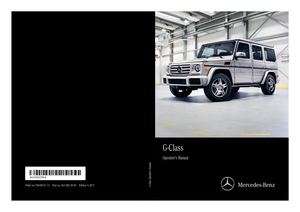 1
1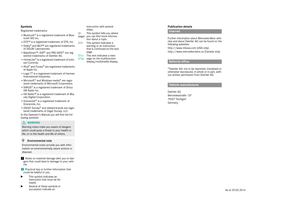 2
2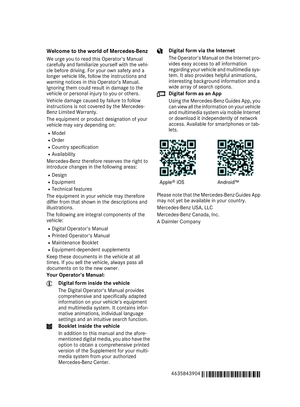 3
3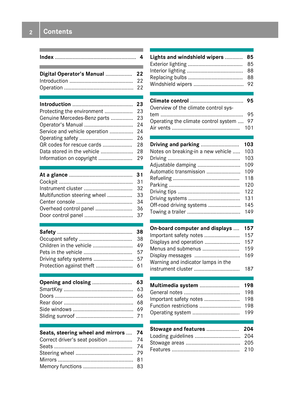 4
4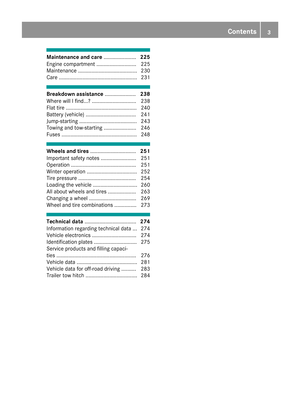 5
5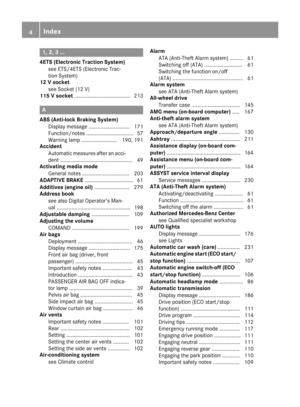 6
6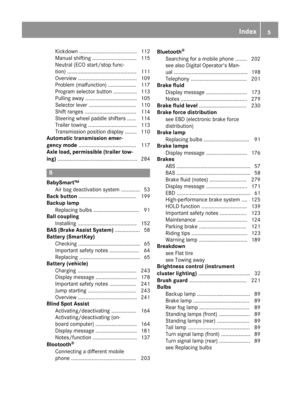 7
7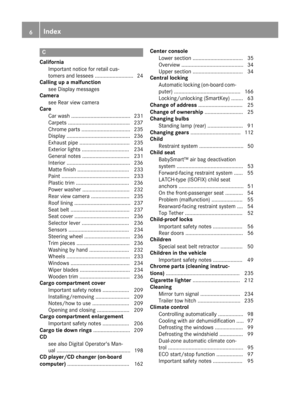 8
8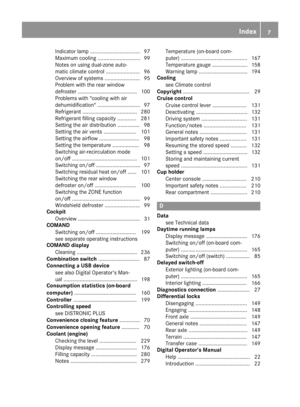 9
9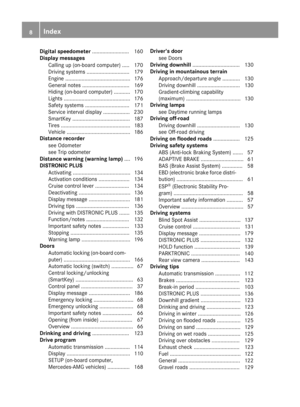 10
10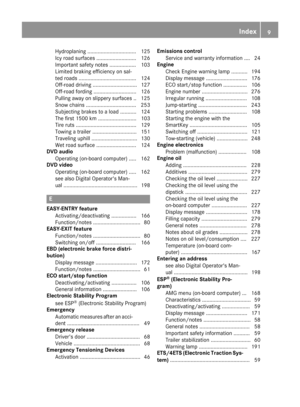 11
11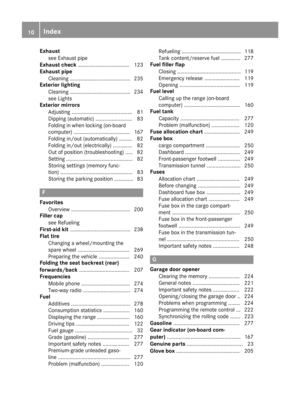 12
12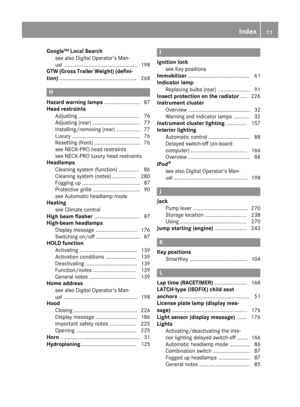 13
13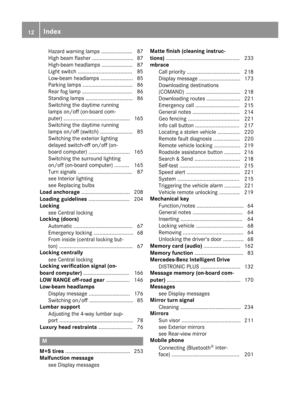 14
14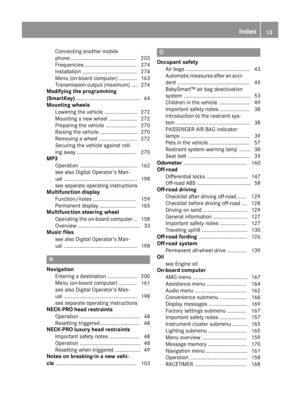 15
15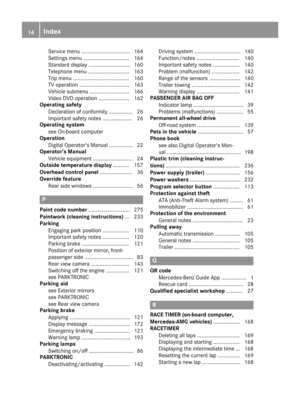 16
16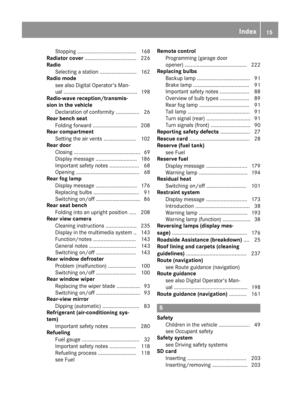 17
17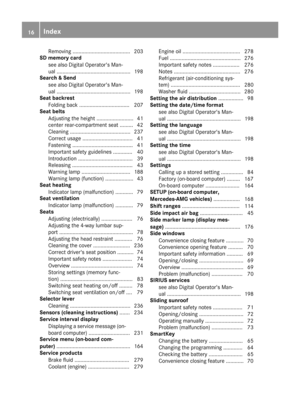 18
18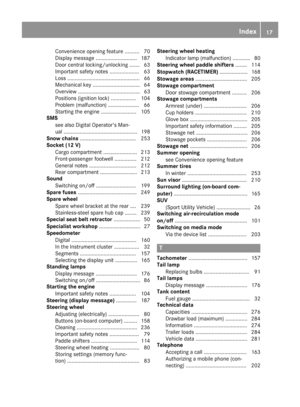 19
19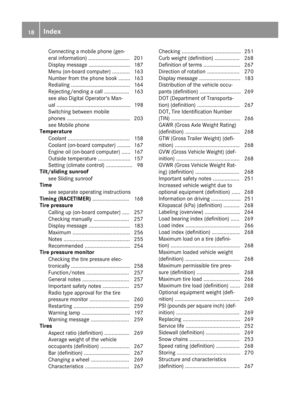 20
20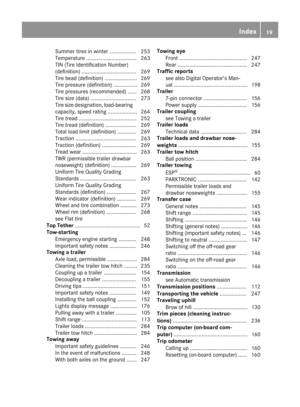 21
21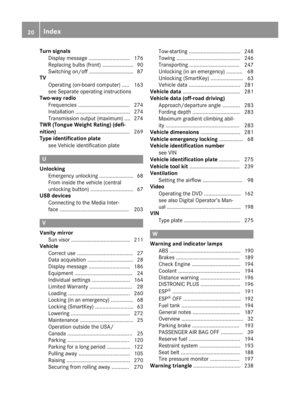 22
22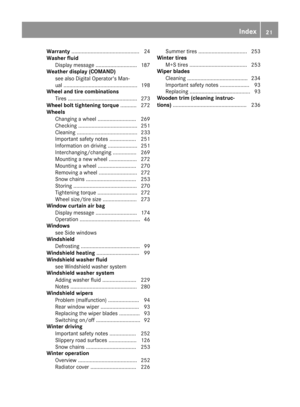 23
23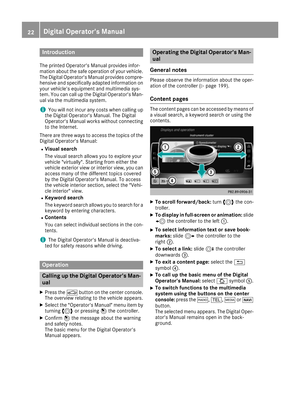 24
24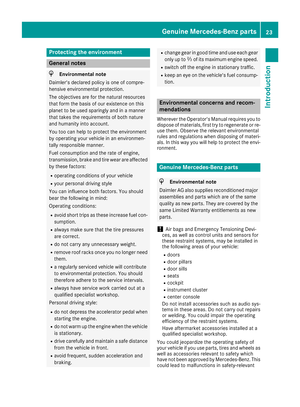 25
25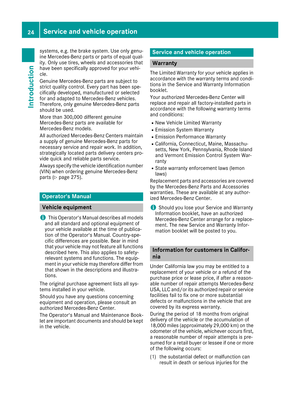 26
26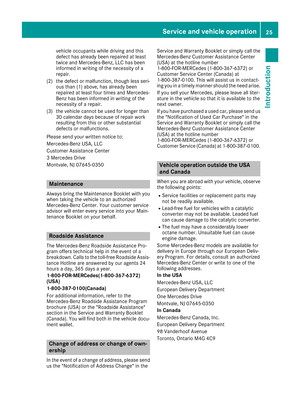 27
27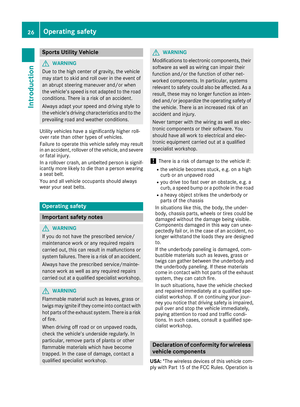 28
28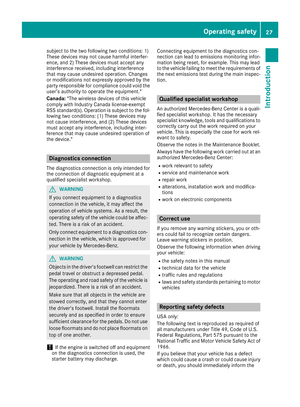 29
29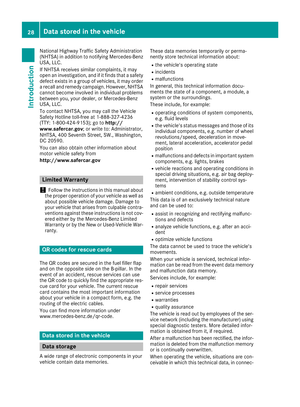 30
30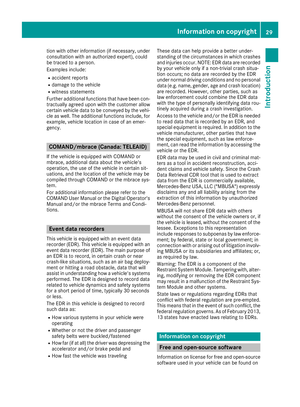 31
31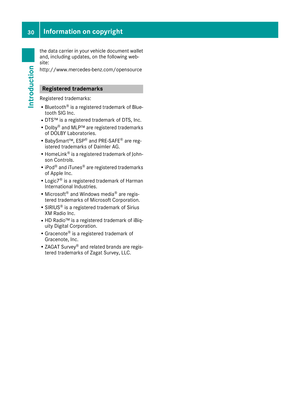 32
32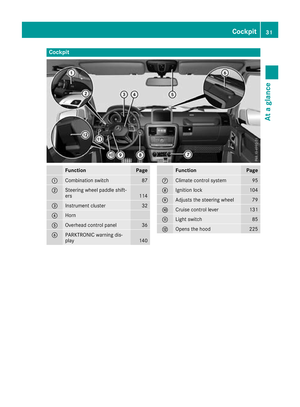 33
33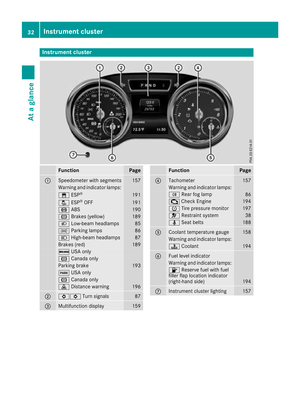 34
34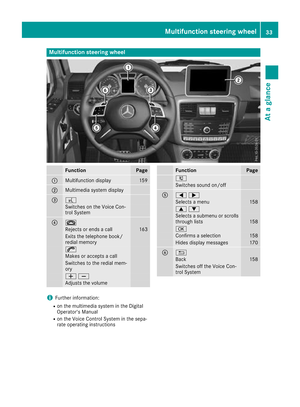 35
35 36
36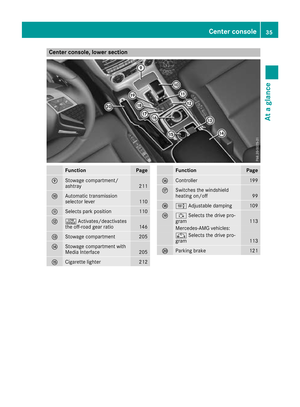 37
37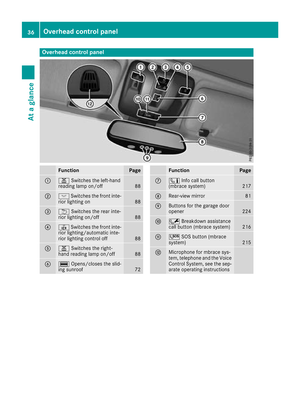 38
38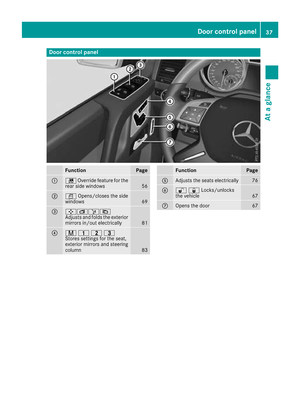 39
39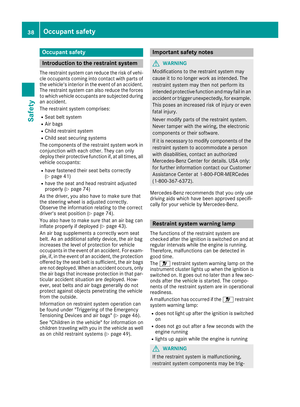 40
40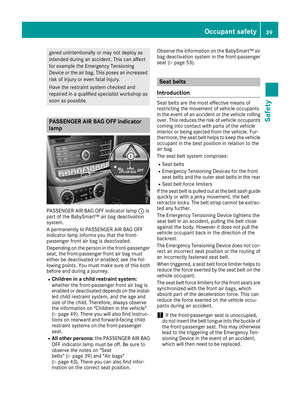 41
41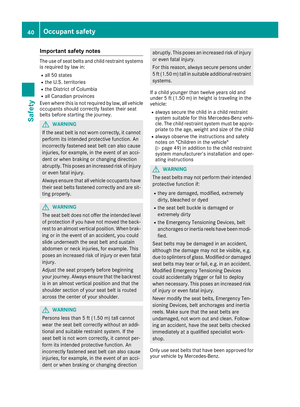 42
42 43
43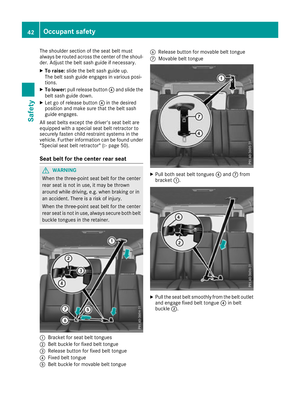 44
44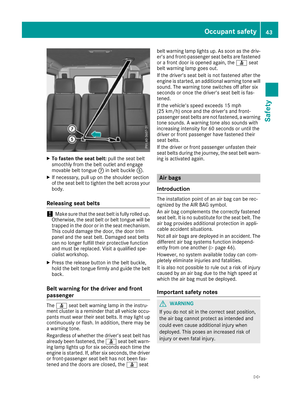 45
45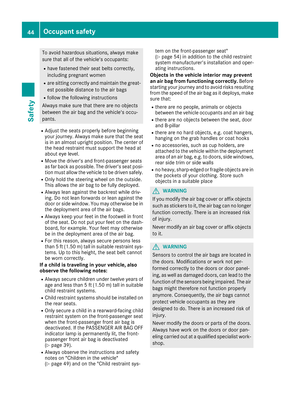 46
46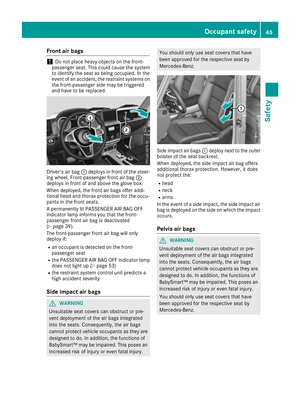 47
47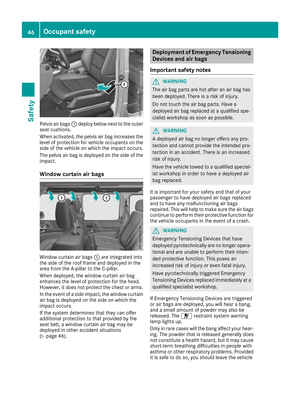 48
48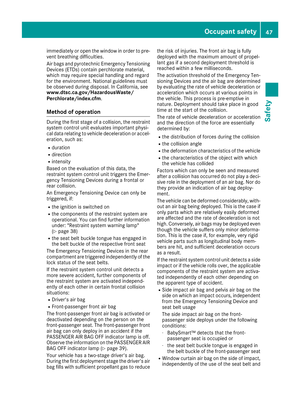 49
49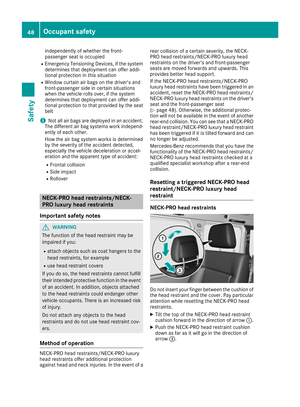 50
50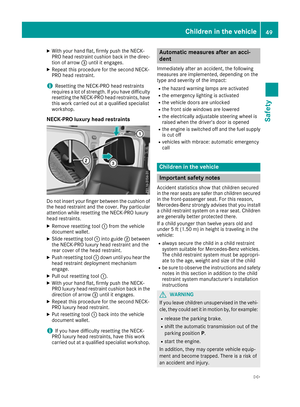 51
51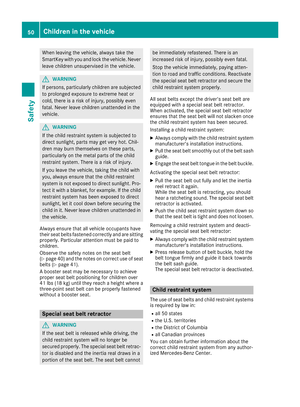 52
52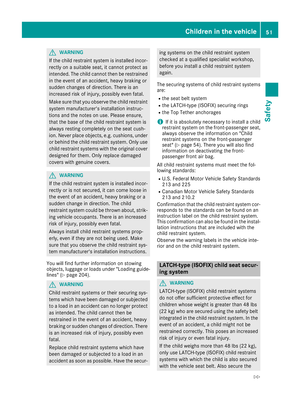 53
53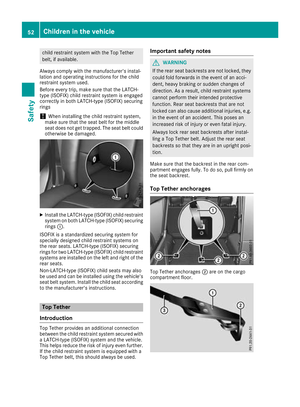 54
54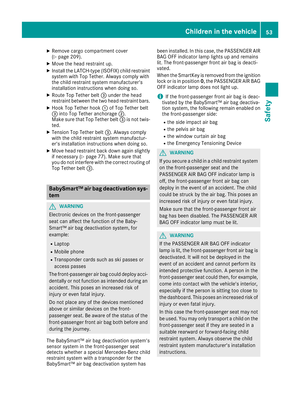 55
55 56
56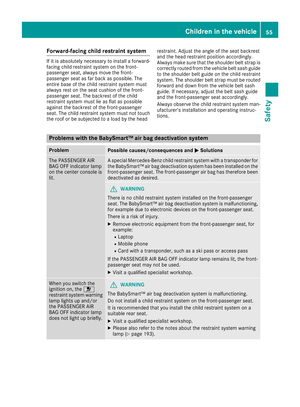 57
57 58
58 59
59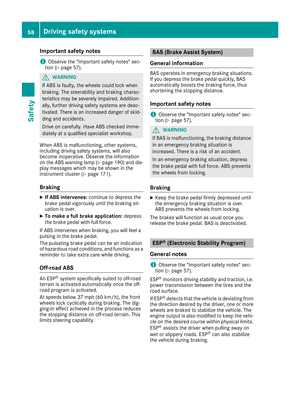 60
60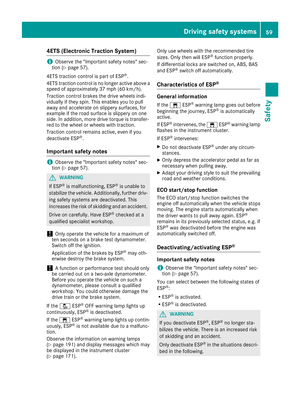 61
61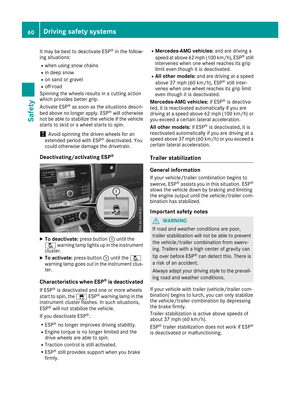 62
62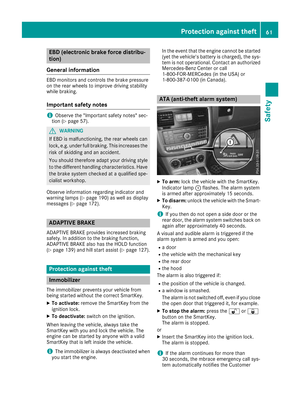 63
63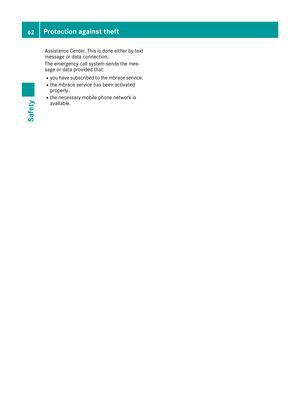 64
64 65
65 66
66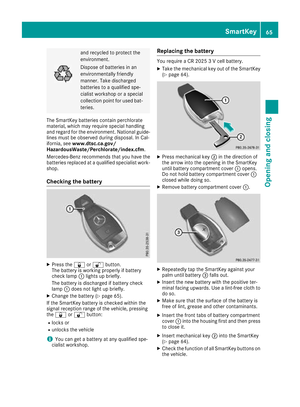 67
67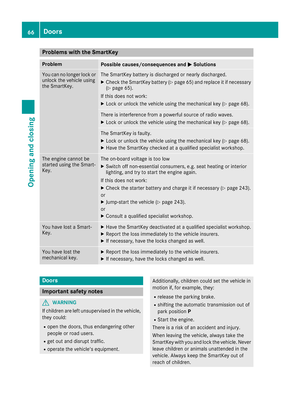 68
68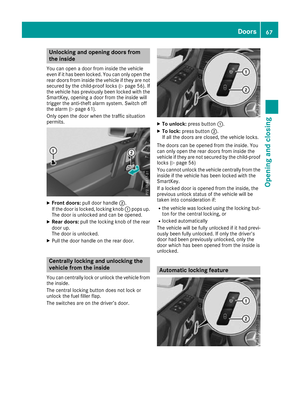 69
69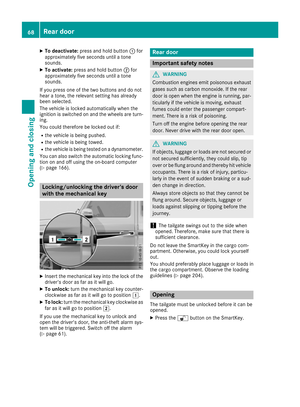 70
70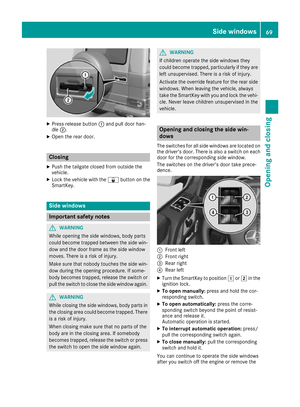 71
71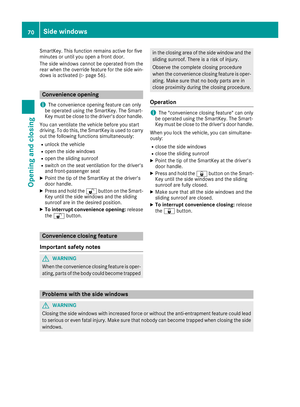 72
72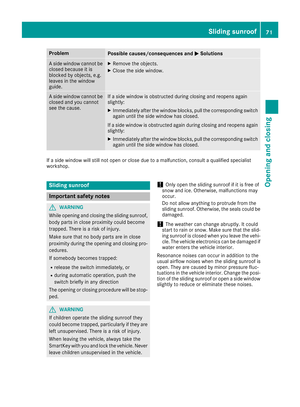 73
73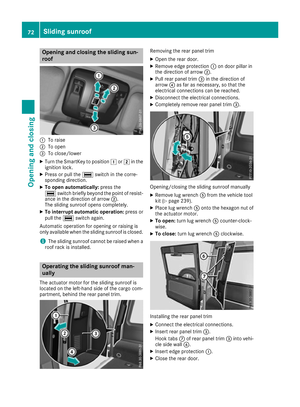 74
74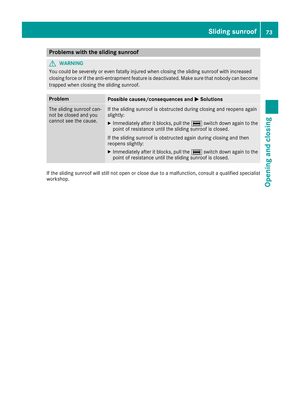 75
75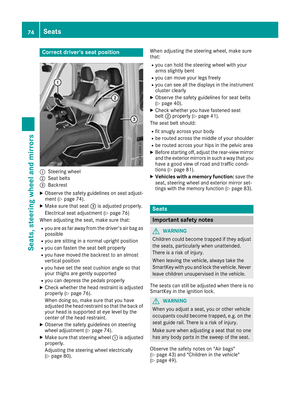 76
76 77
77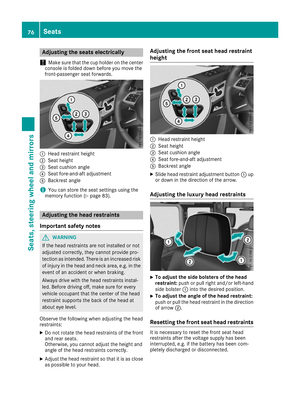 78
78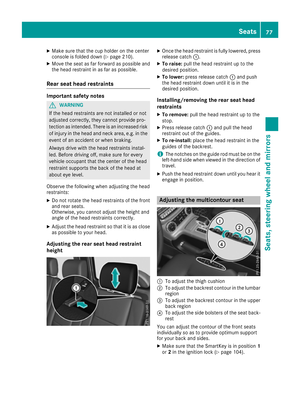 79
79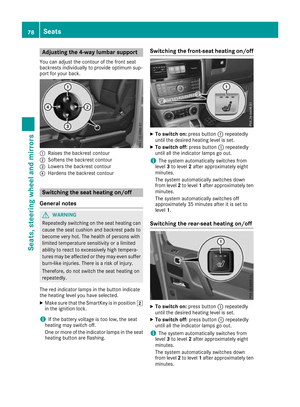 80
80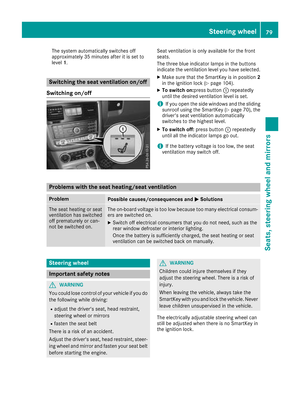 81
81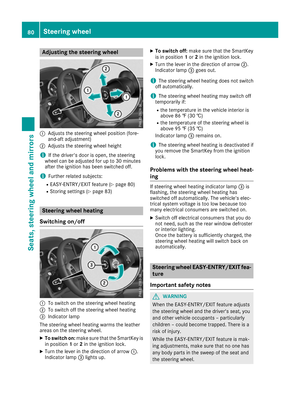 82
82 83
83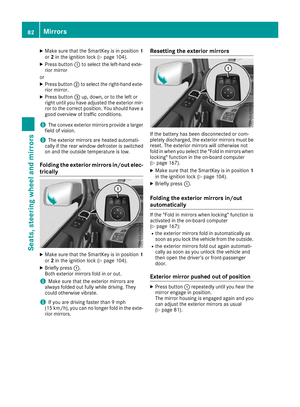 84
84 85
85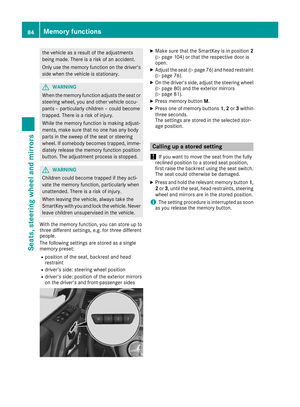 86
86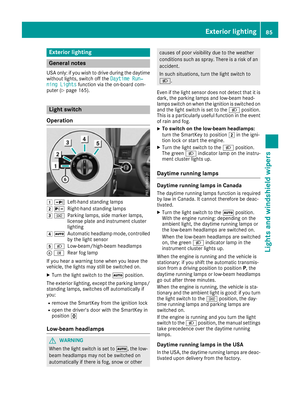 87
87 88
88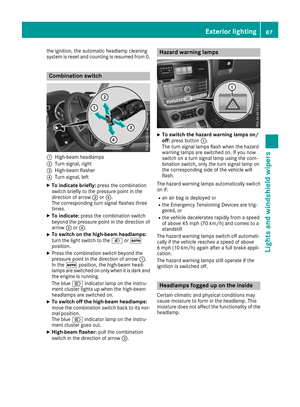 89
89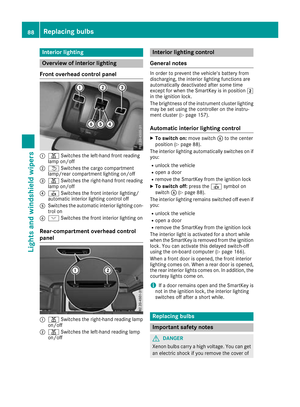 90
90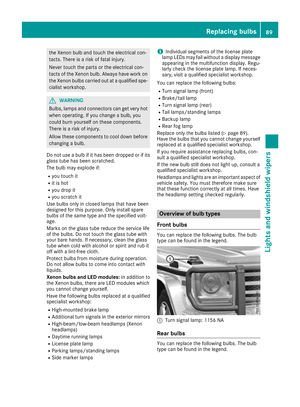 91
91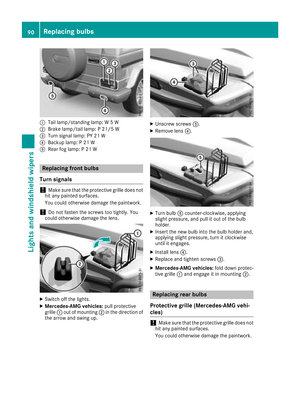 92
92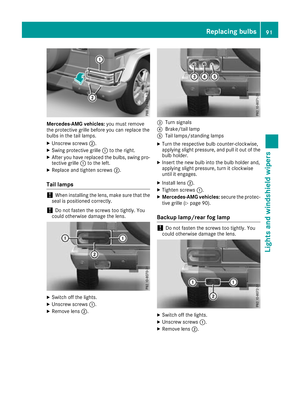 93
93 94
94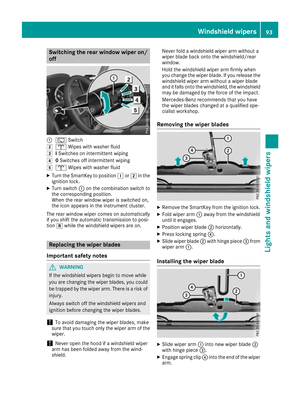 95
95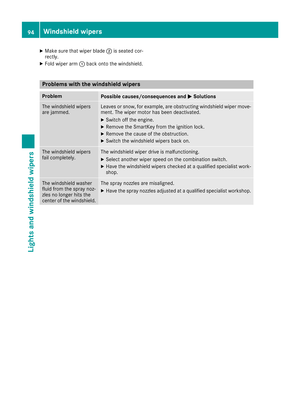 96
96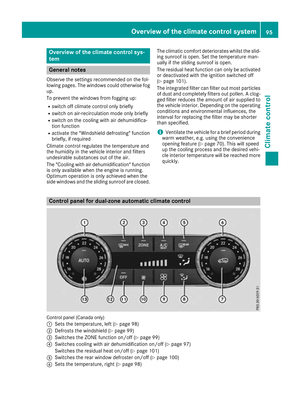 97
97 98
98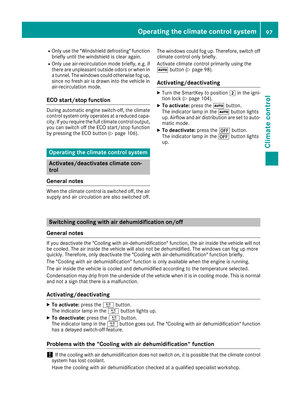 99
99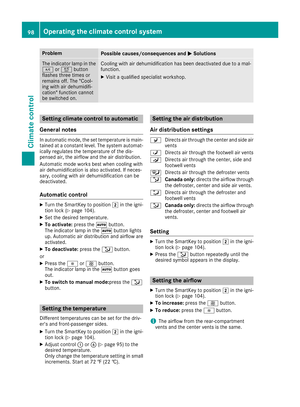 100
100 101
101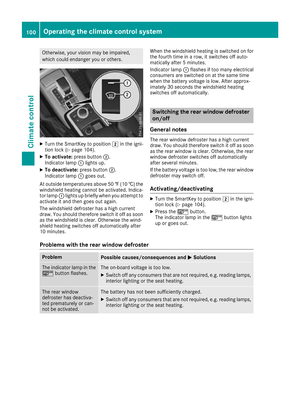 102
102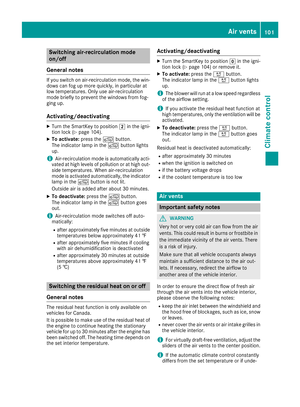 103
103 104
104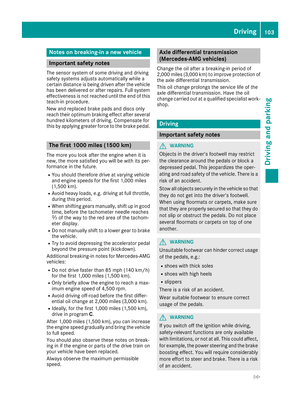 105
105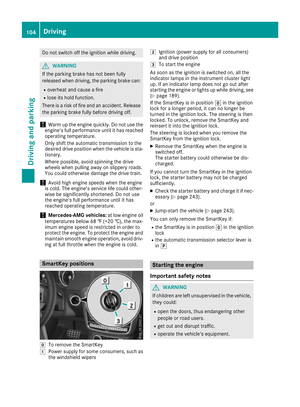 106
106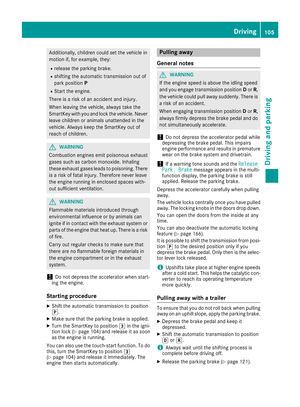 107
107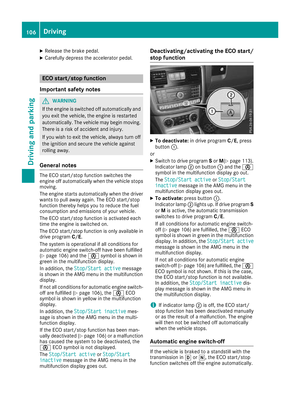 108
108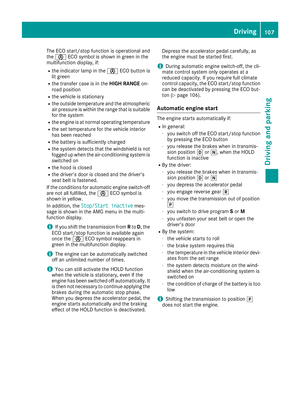 109
109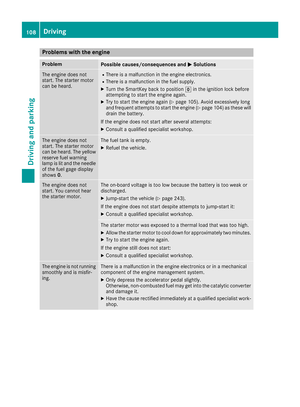 110
110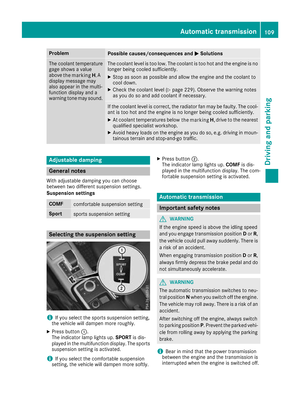 111
111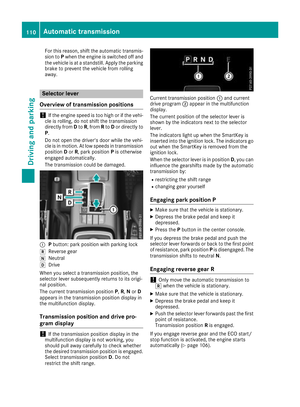 112
112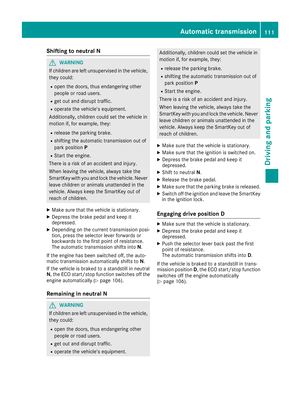 113
113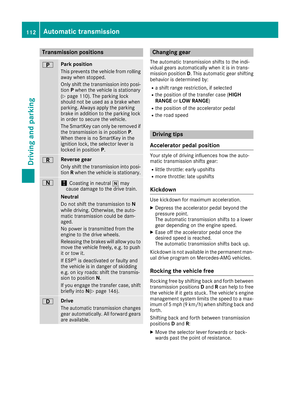 114
114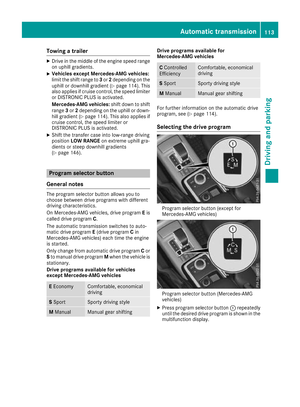 115
115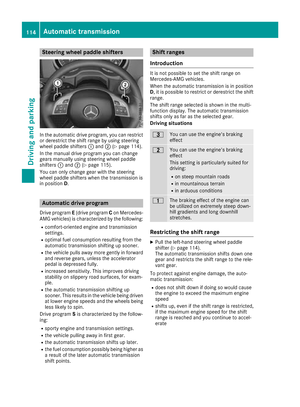 116
116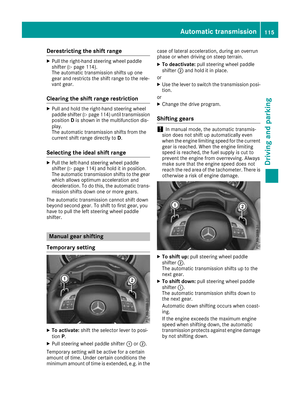 117
117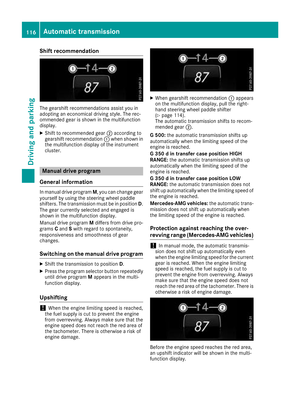 118
118 119
119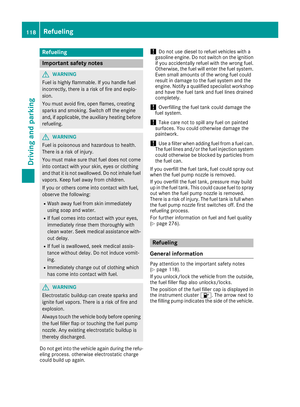 120
120 121
121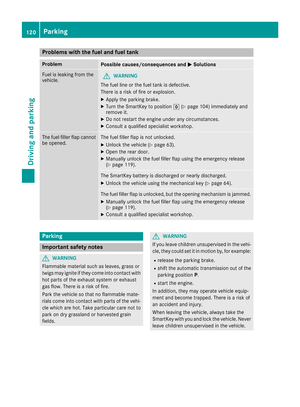 122
122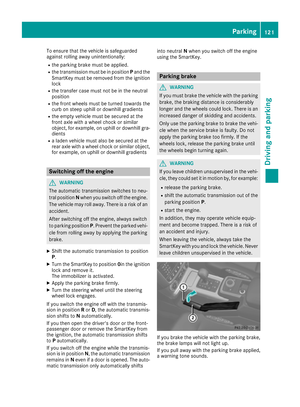 123
123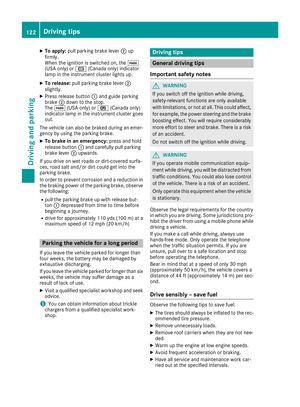 124
124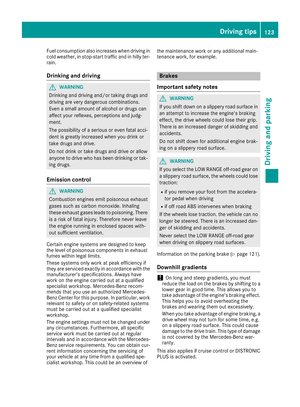 125
125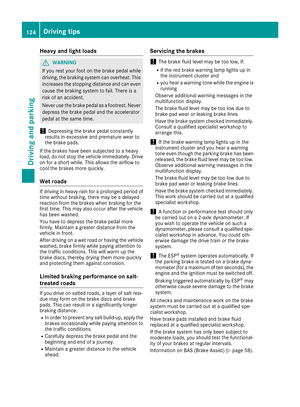 126
126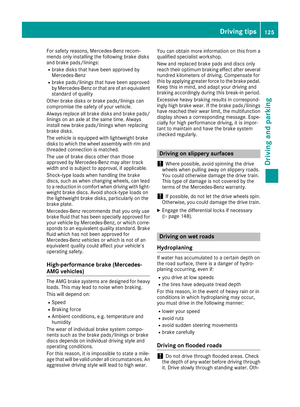 127
127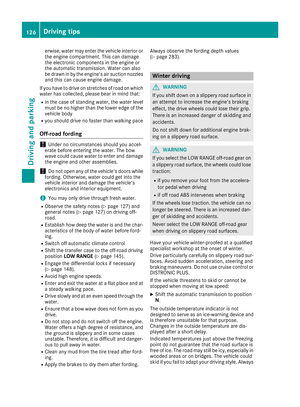 128
128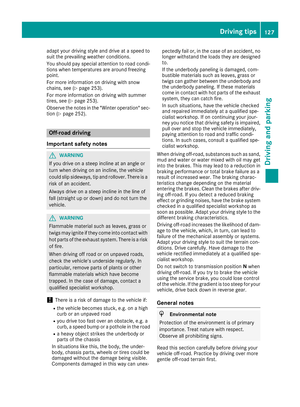 129
129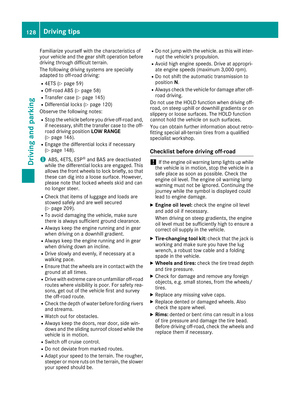 130
130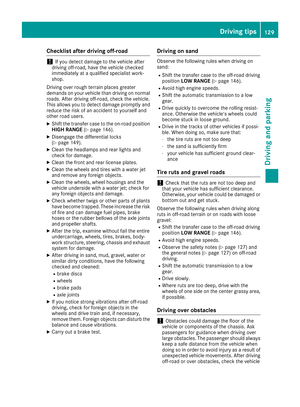 131
131 132
132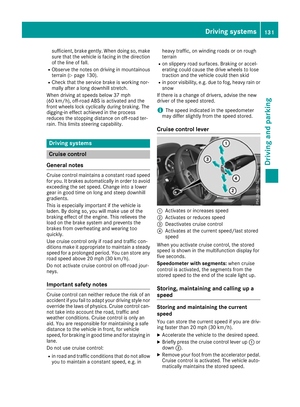 133
133 134
134 135
135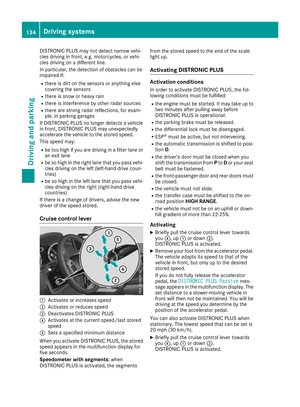 136
136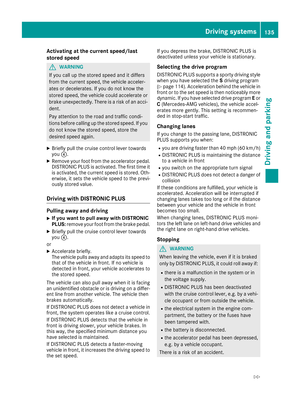 137
137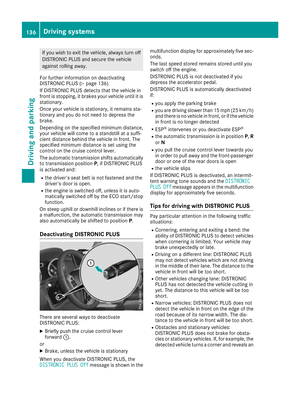 138
138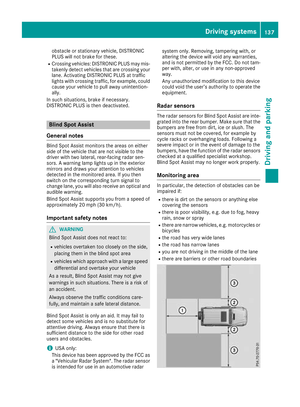 139
139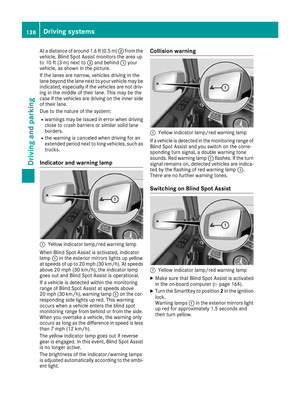 140
140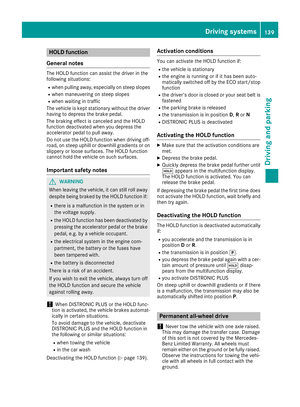 141
141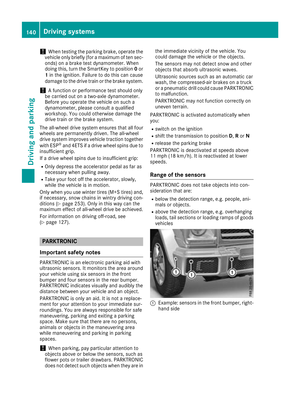 142
142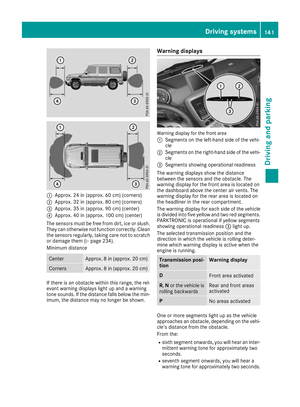 143
143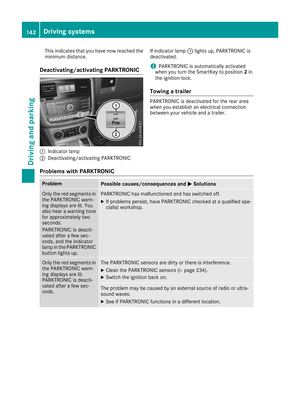 144
144 145
145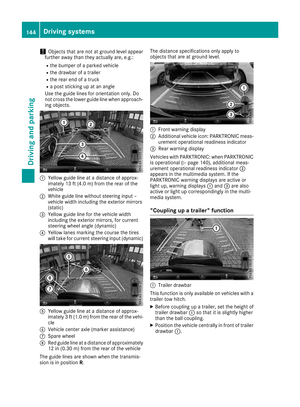 146
146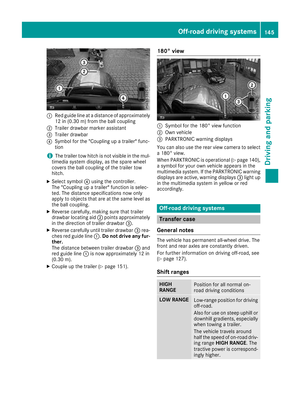 147
147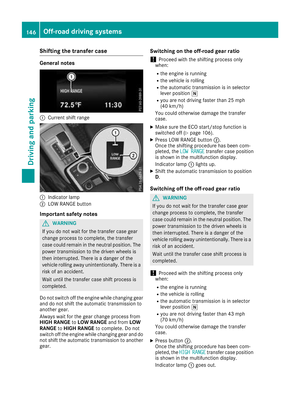 148
148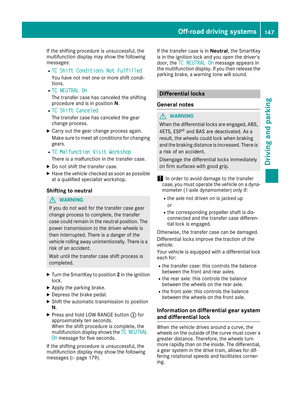 149
149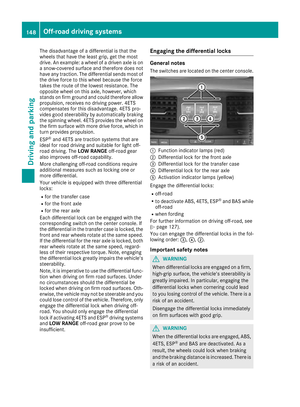 150
150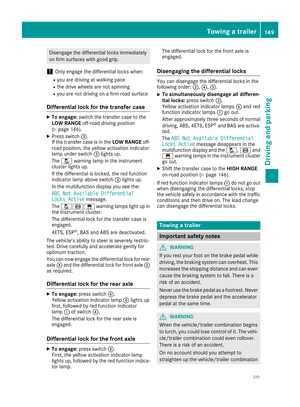 151
151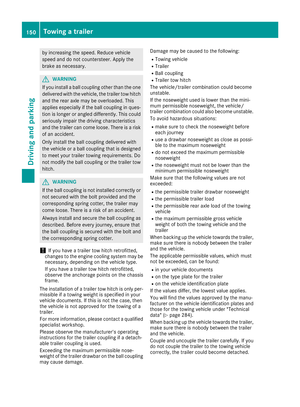 152
152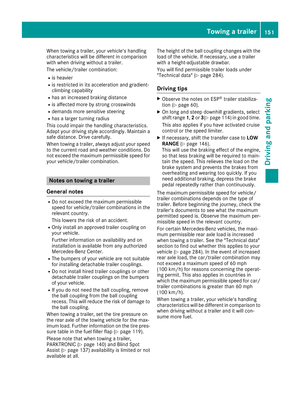 153
153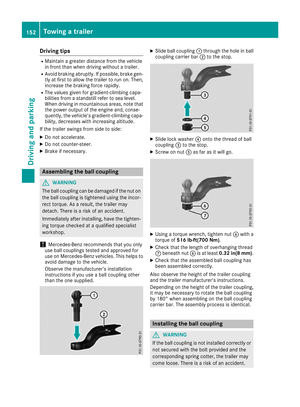 154
154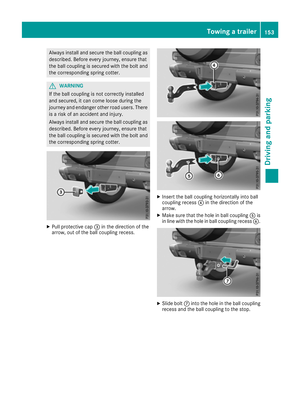 155
155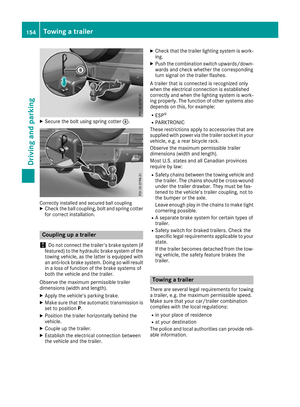 156
156 157
157 158
158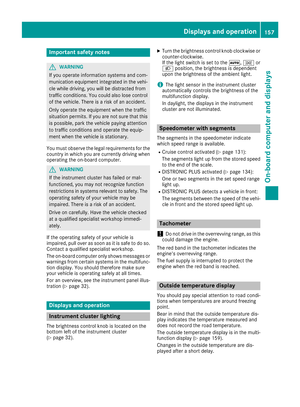 159
159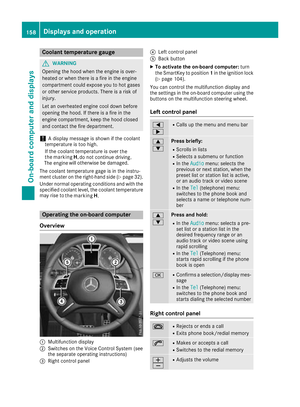 160
160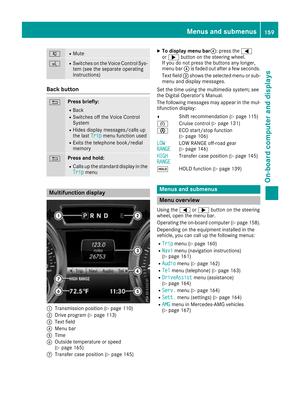 161
161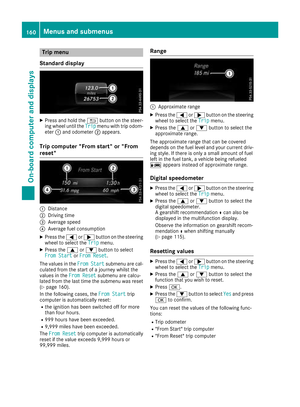 162
162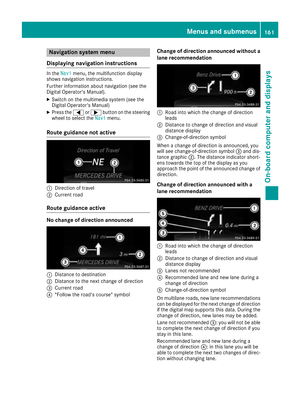 163
163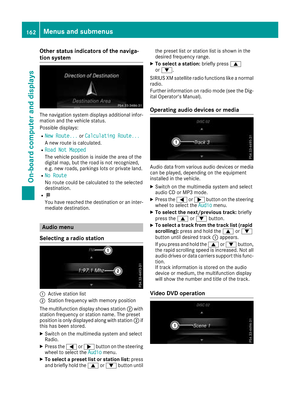 164
164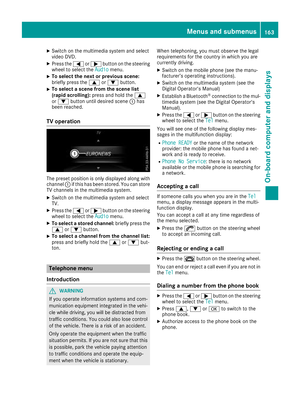 165
165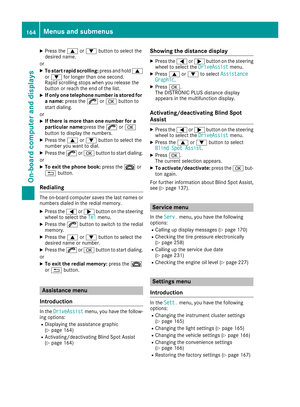 166
166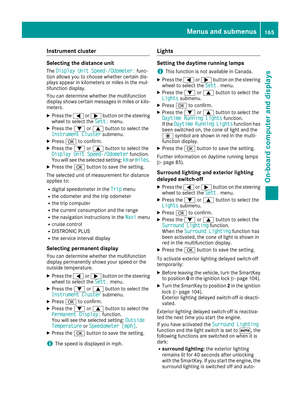 167
167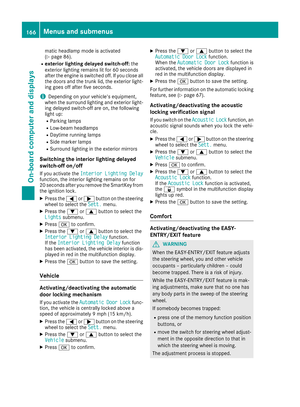 168
168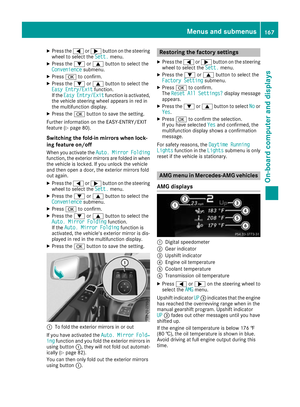 169
169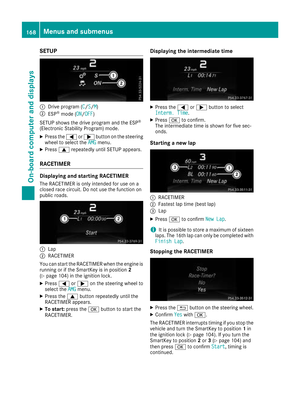 170
170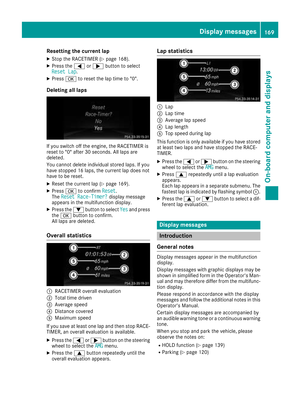 171
171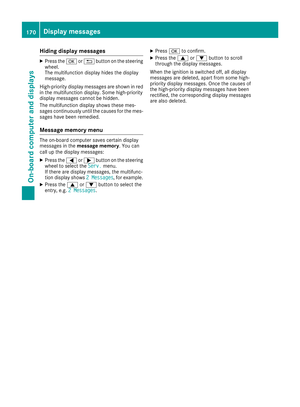 172
172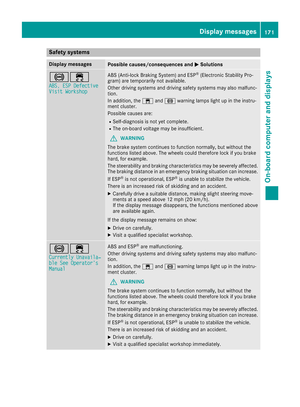 173
173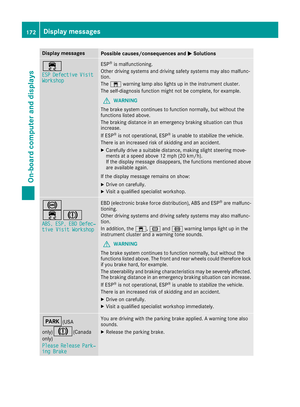 174
174 175
175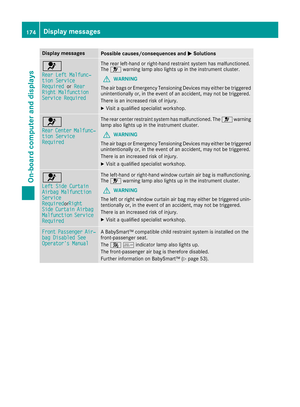 176
176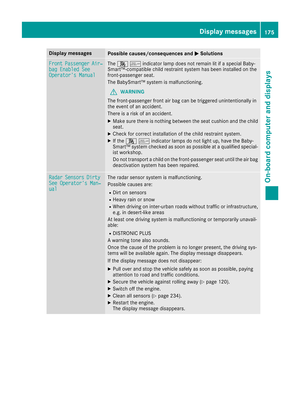 177
177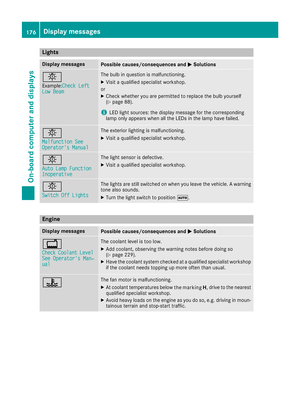 178
178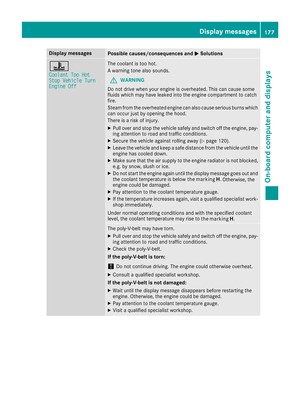 179
179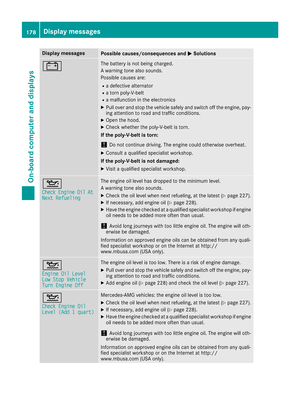 180
180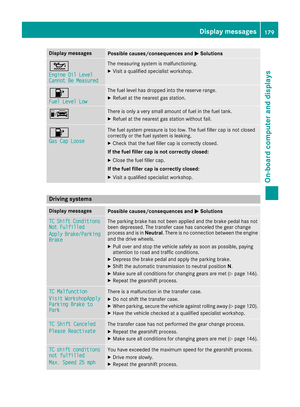 181
181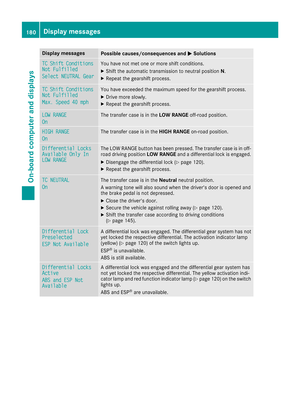 182
182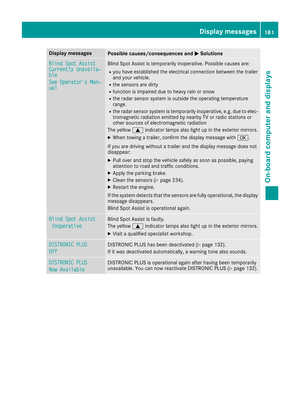 183
183 184
184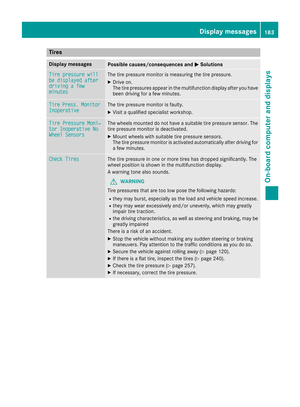 185
185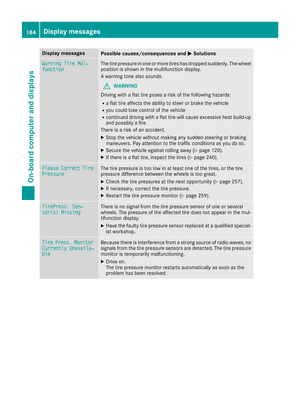 186
186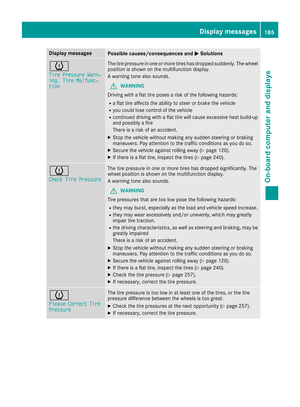 187
187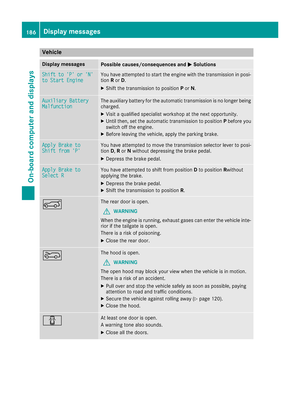 188
188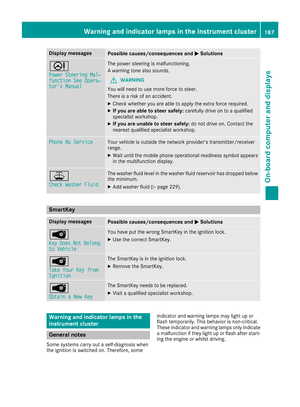 189
189 190
190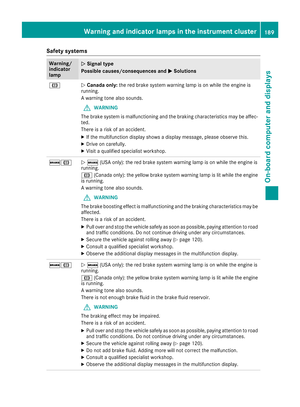 191
191 192
192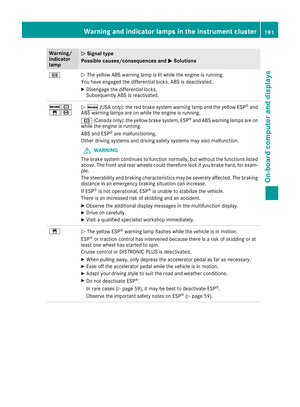 193
193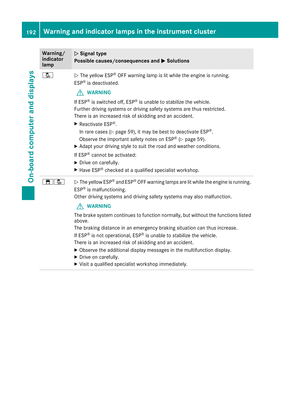 194
194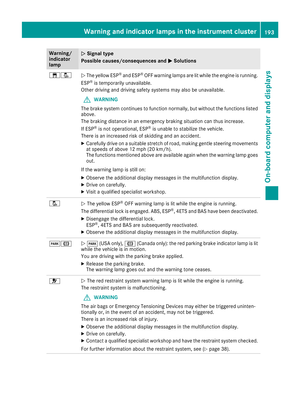 195
195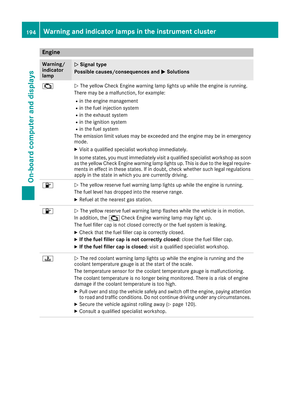 196
196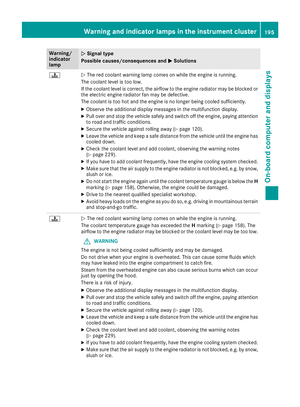 197
197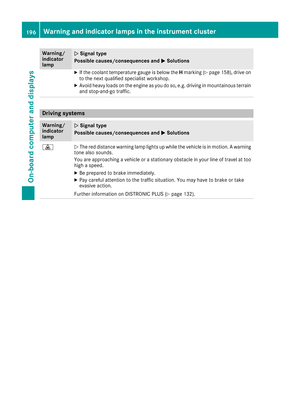 198
198 199
199 200
200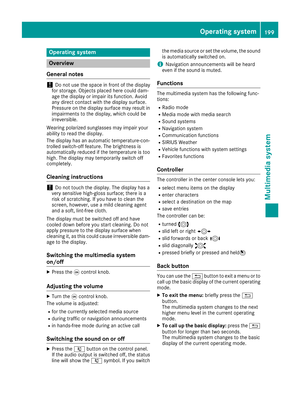 201
201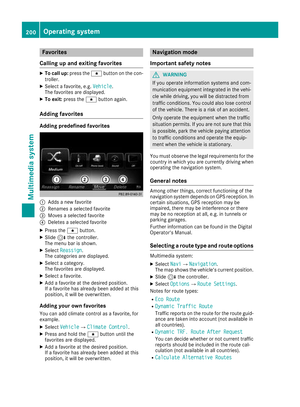 202
202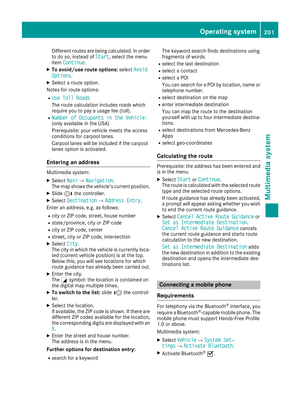 203
203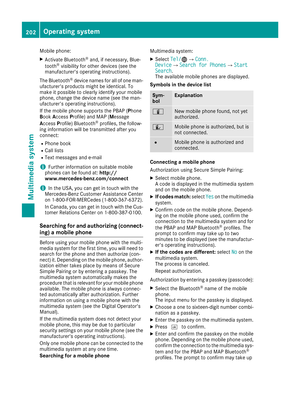 204
204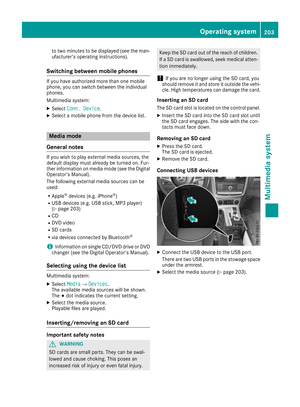 205
205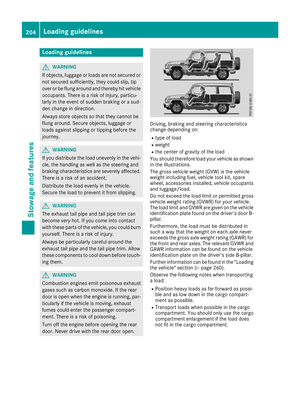 206
206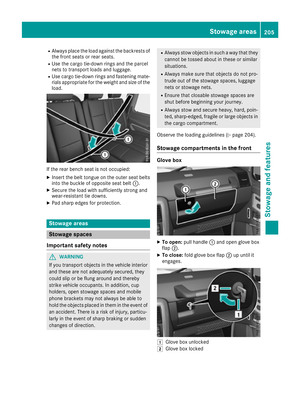 207
207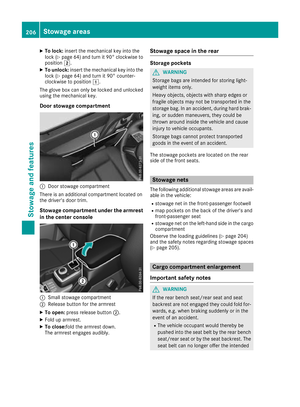 208
208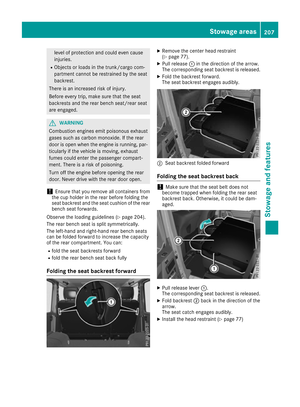 209
209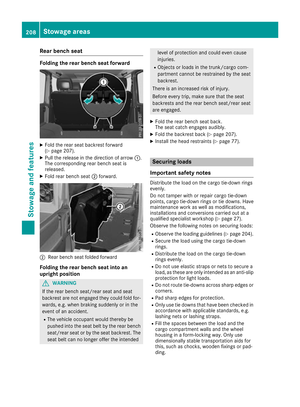 210
210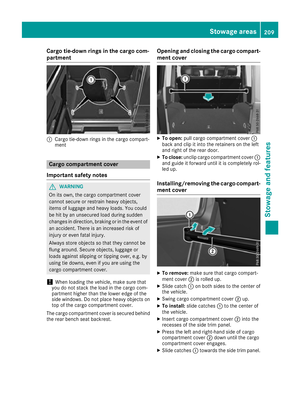 211
211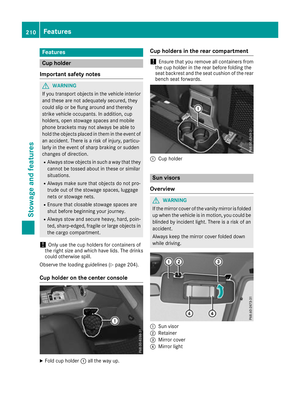 212
212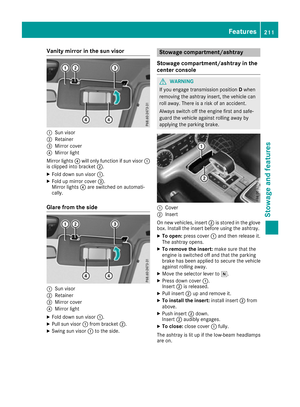 213
213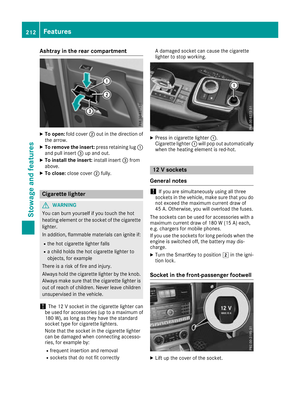 214
214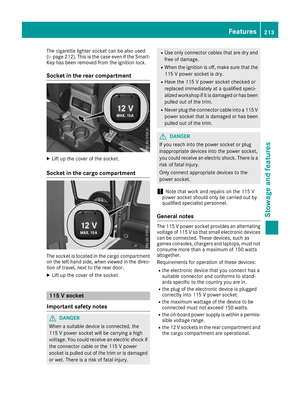 215
215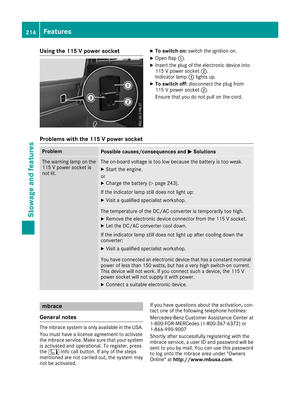 216
216 217
217 218
218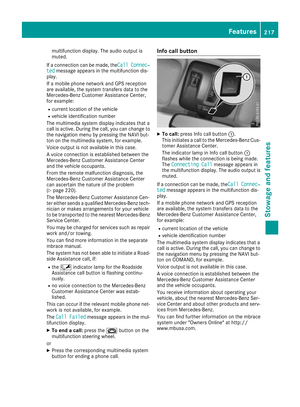 219
219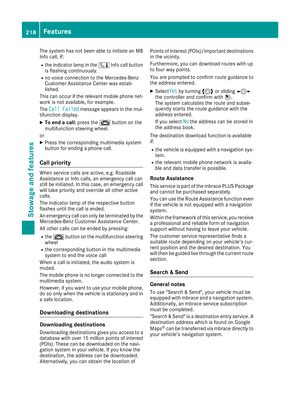 220
220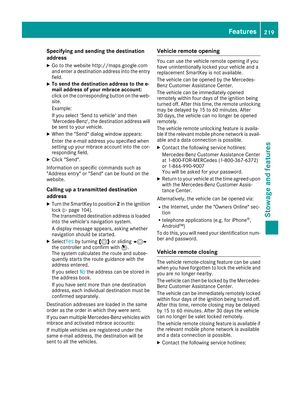 221
221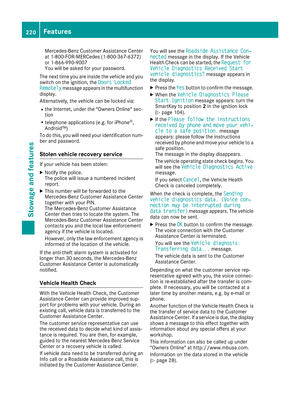 222
222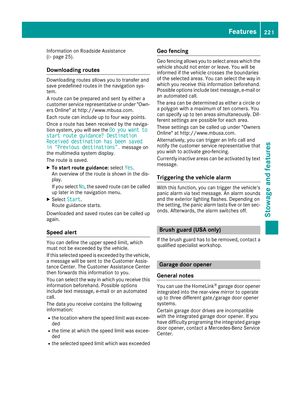 223
223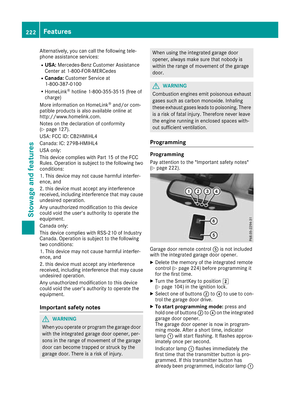 224
224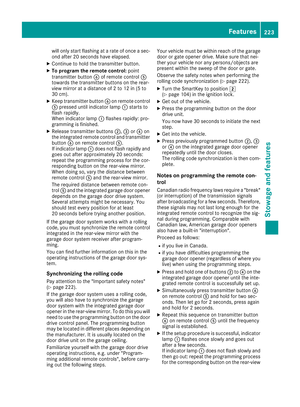 225
225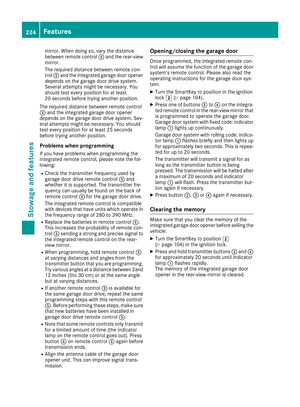 226
226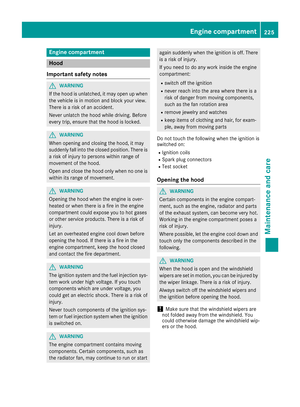 227
227 228
228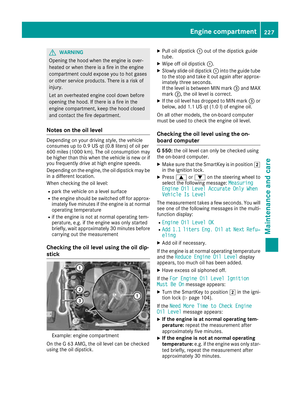 229
229 230
230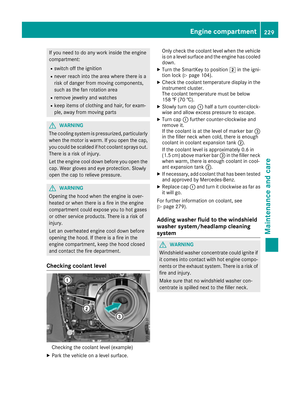 231
231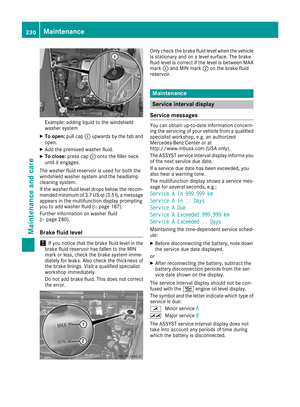 232
232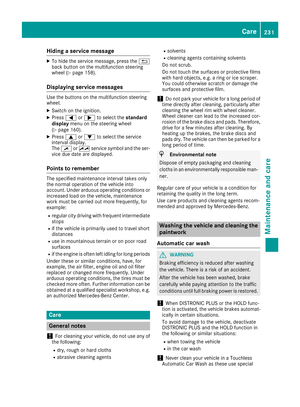 233
233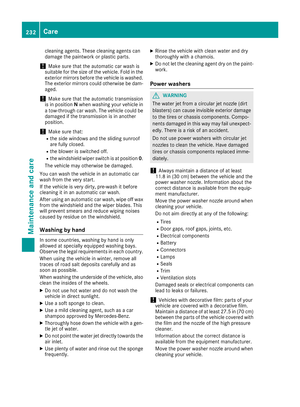 234
234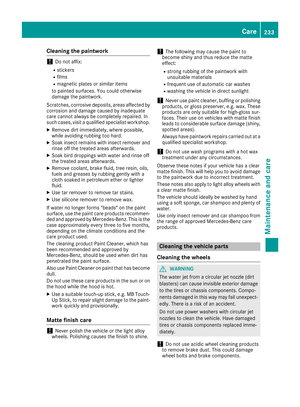 235
235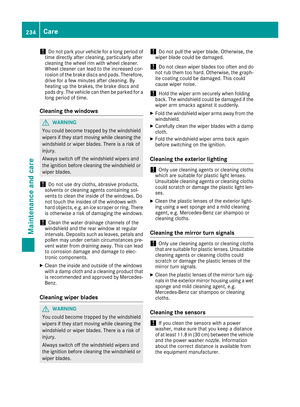 236
236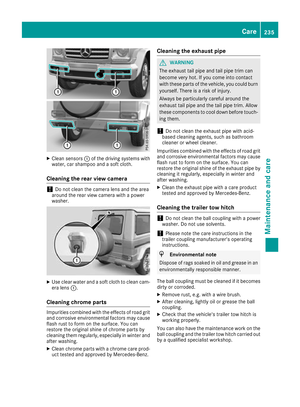 237
237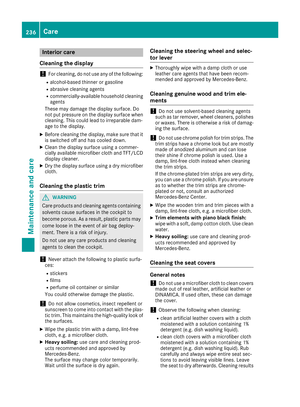 238
238 239
239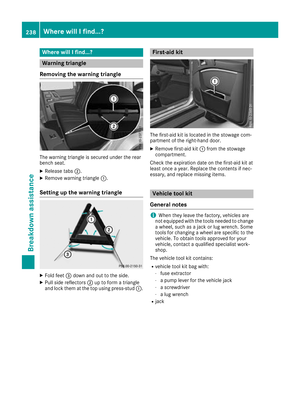 240
240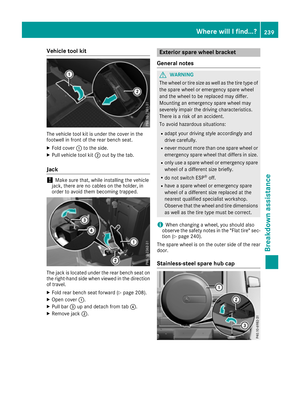 241
241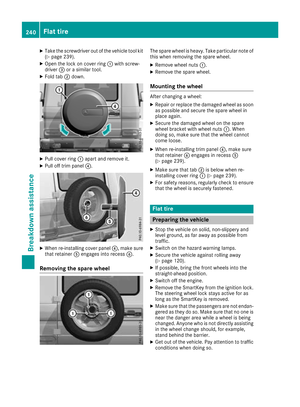 242
242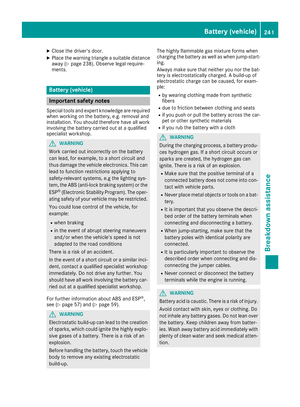 243
243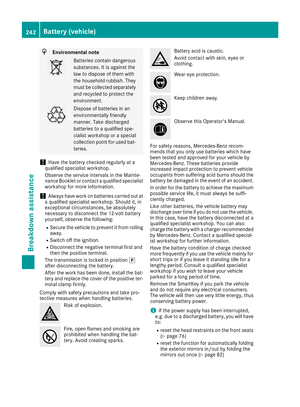 244
244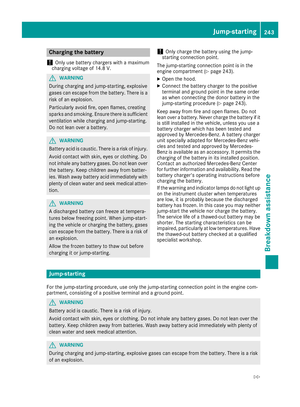 245
245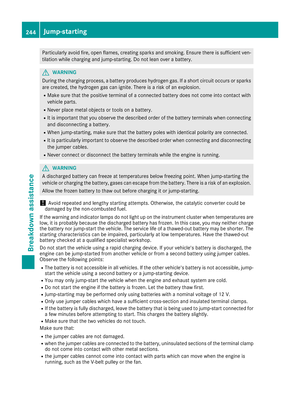 246
246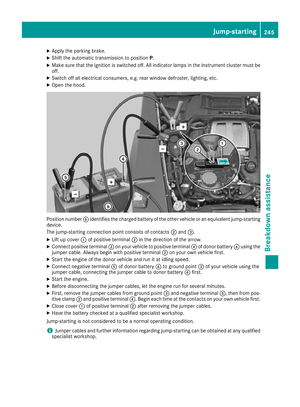 247
247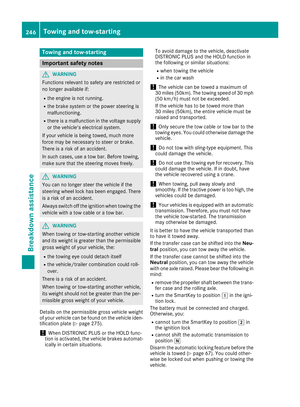 248
248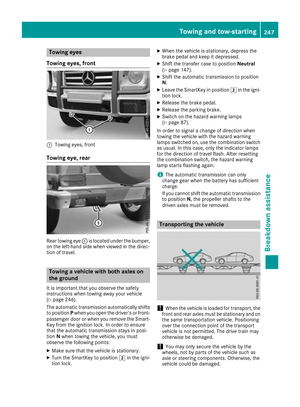 249
249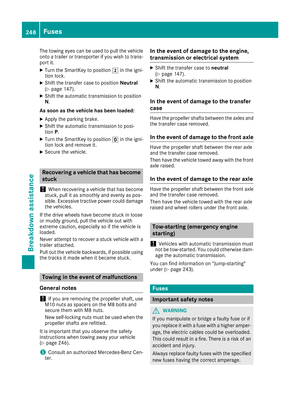 250
250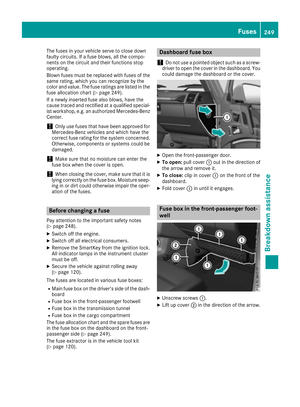 251
251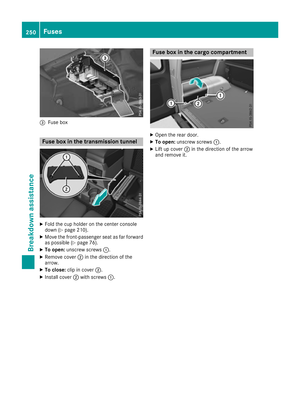 252
252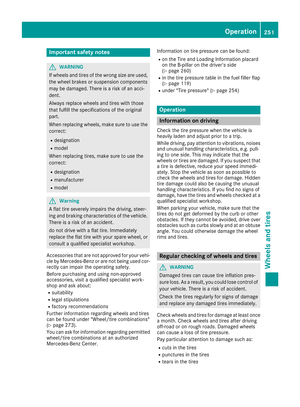 253
253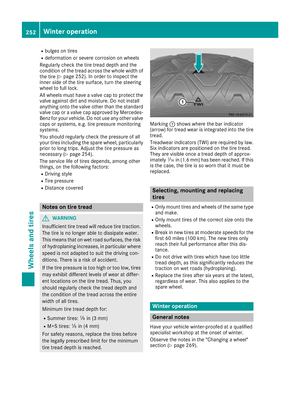 254
254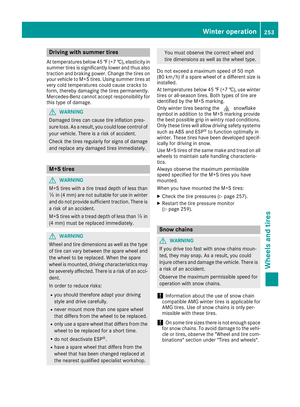 255
255 256
256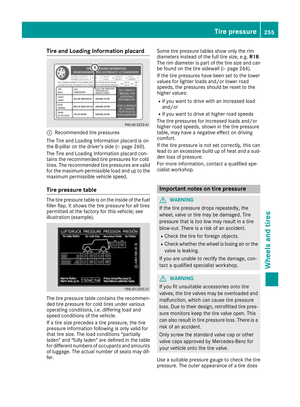 257
257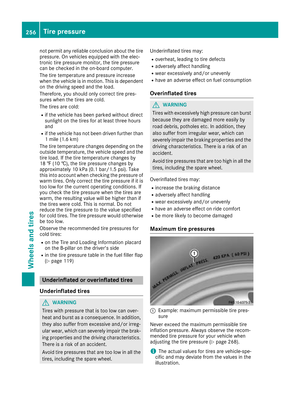 258
258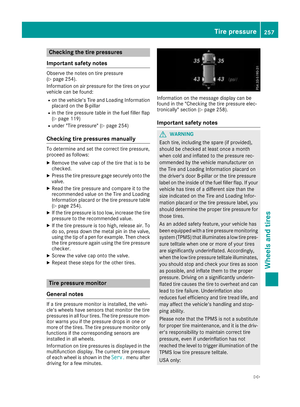 259
259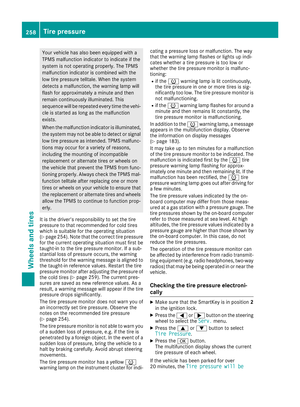 260
260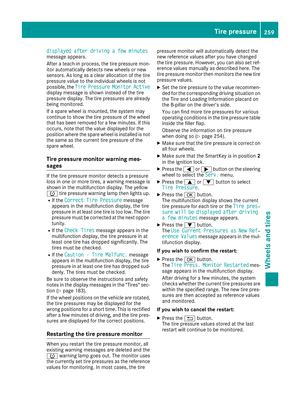 261
261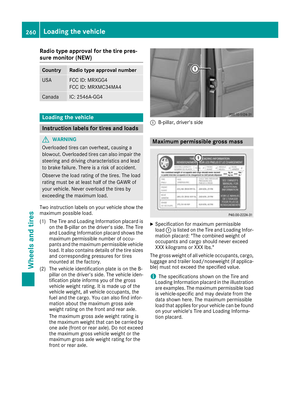 262
262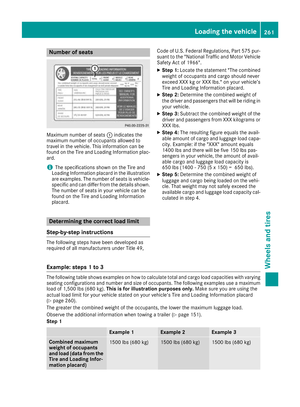 263
263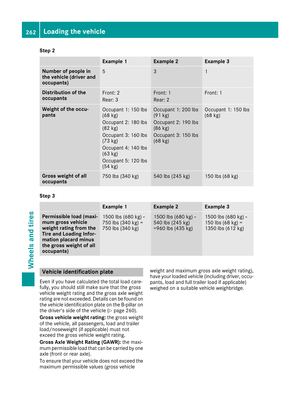 264
264 265
265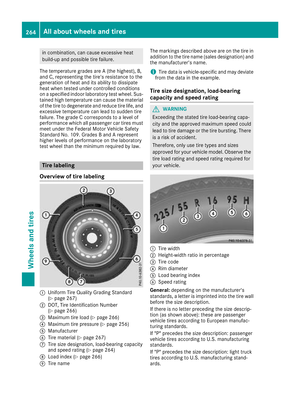 266
266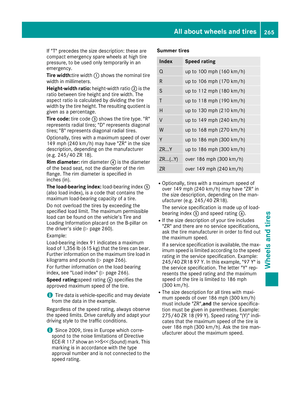 267
267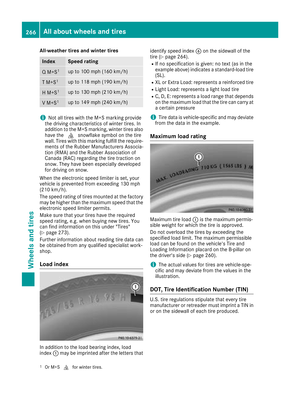 268
268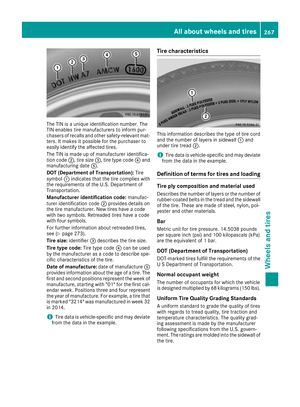 269
269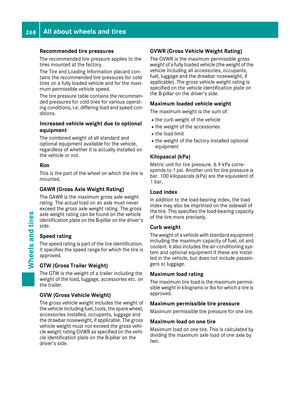 270
270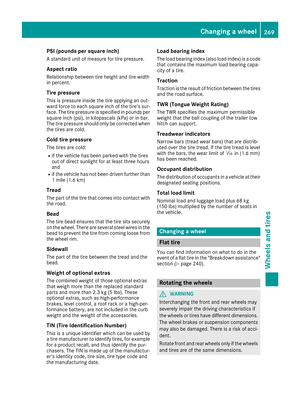 271
271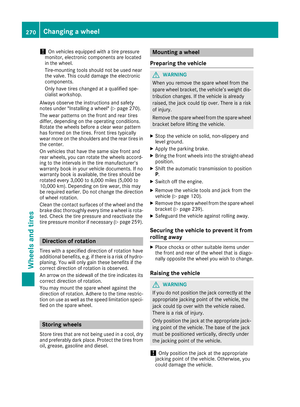 272
272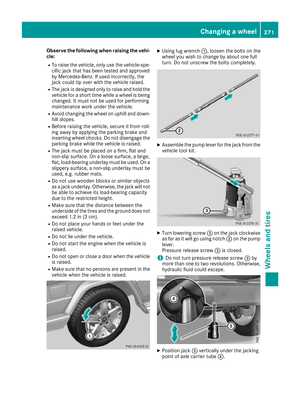 273
273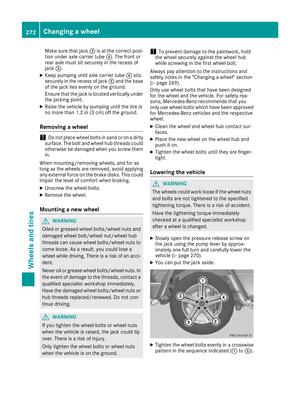 274
274 275
275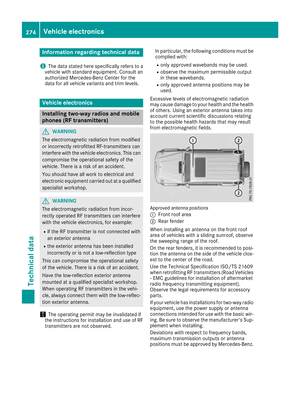 276
276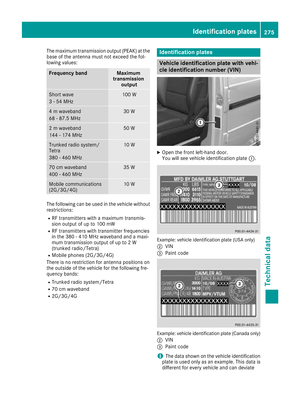 277
277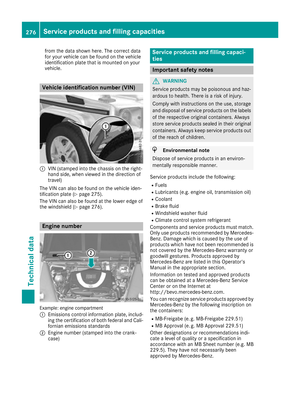 278
278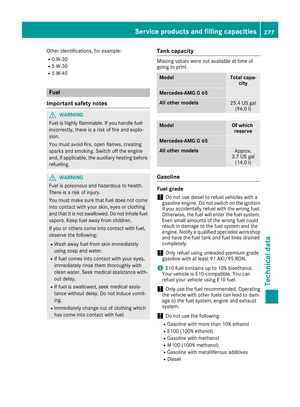 279
279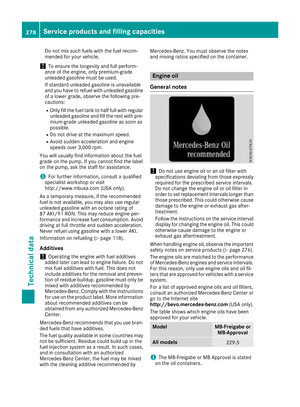 280
280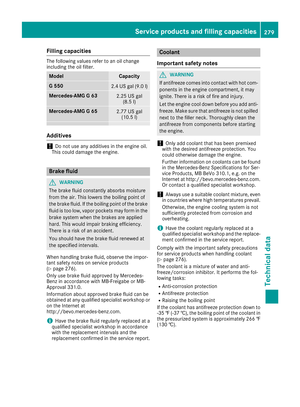 281
281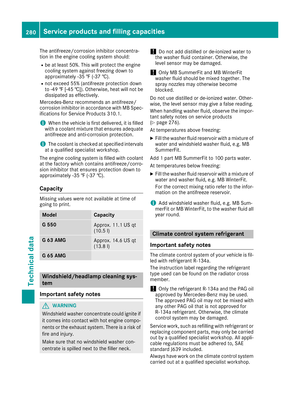 282
282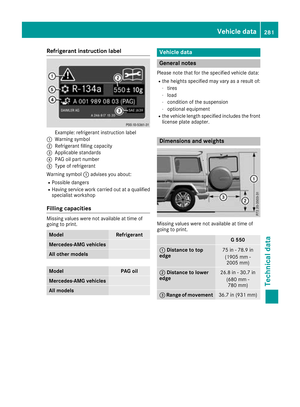 283
283 284
284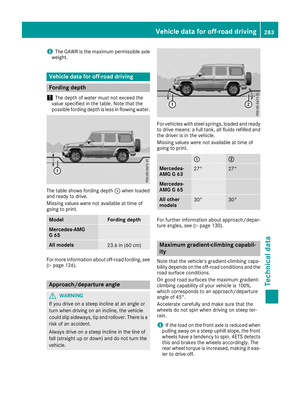 285
285






